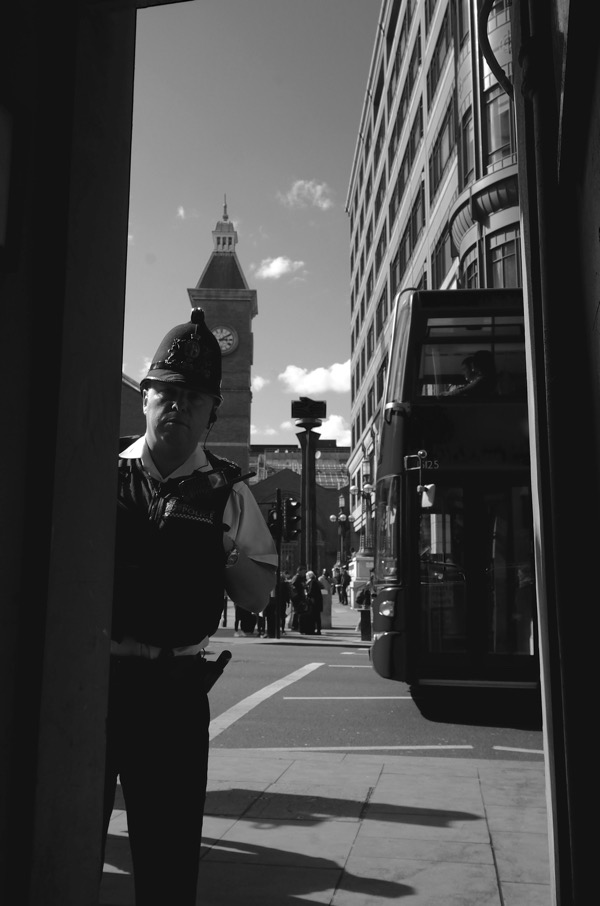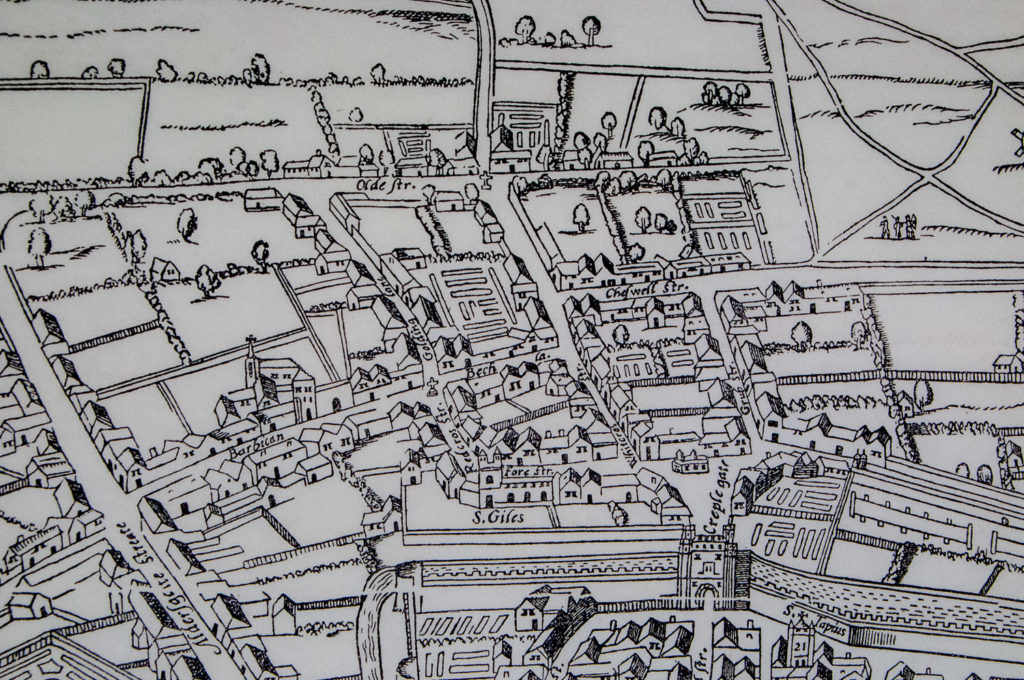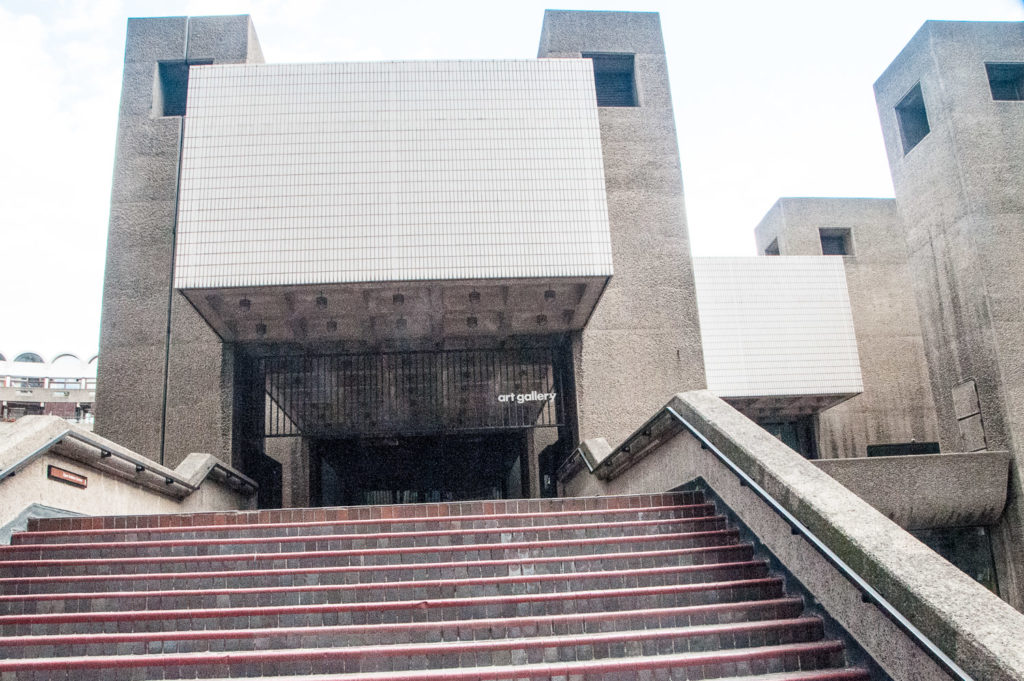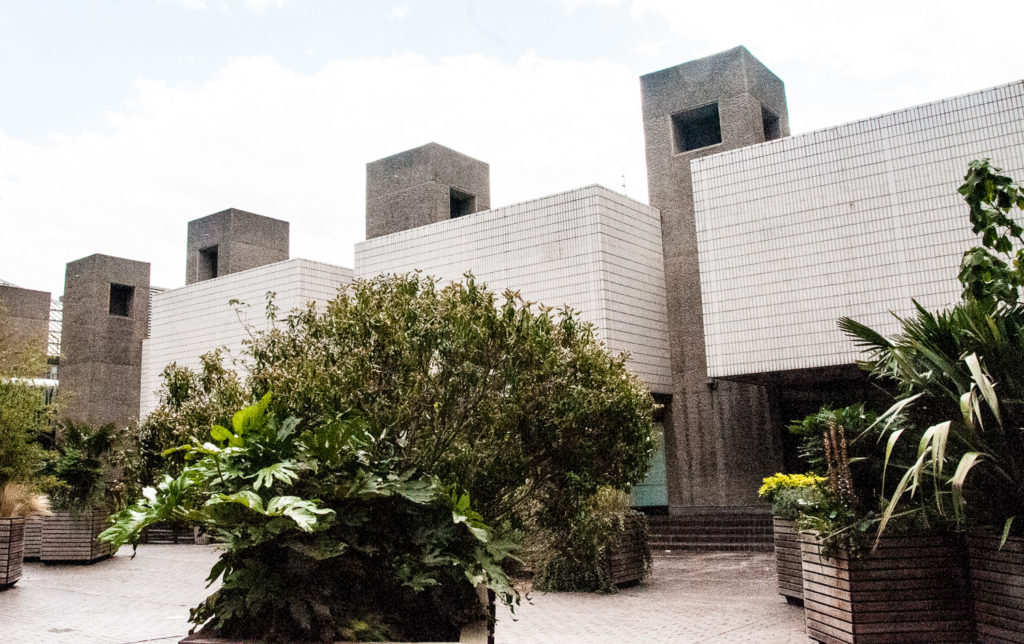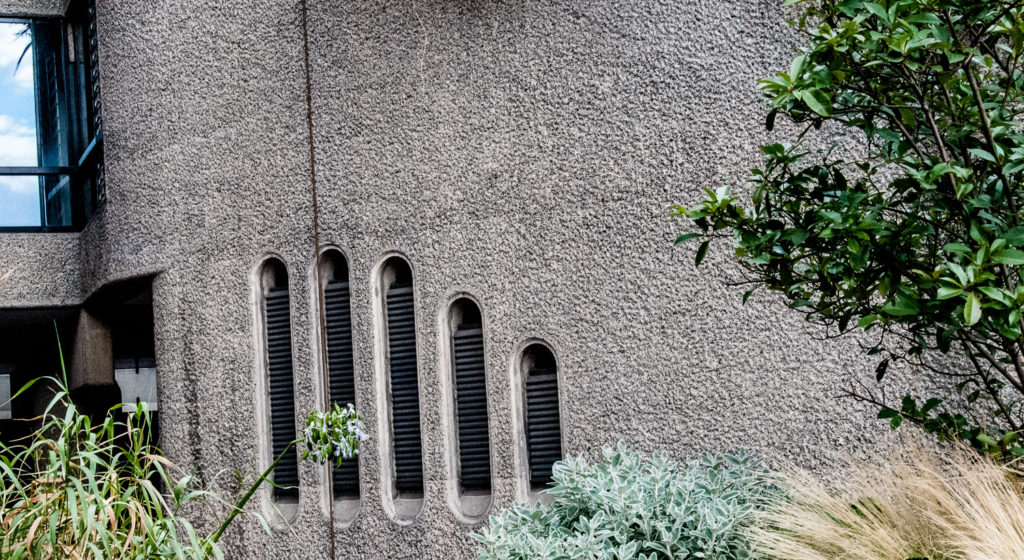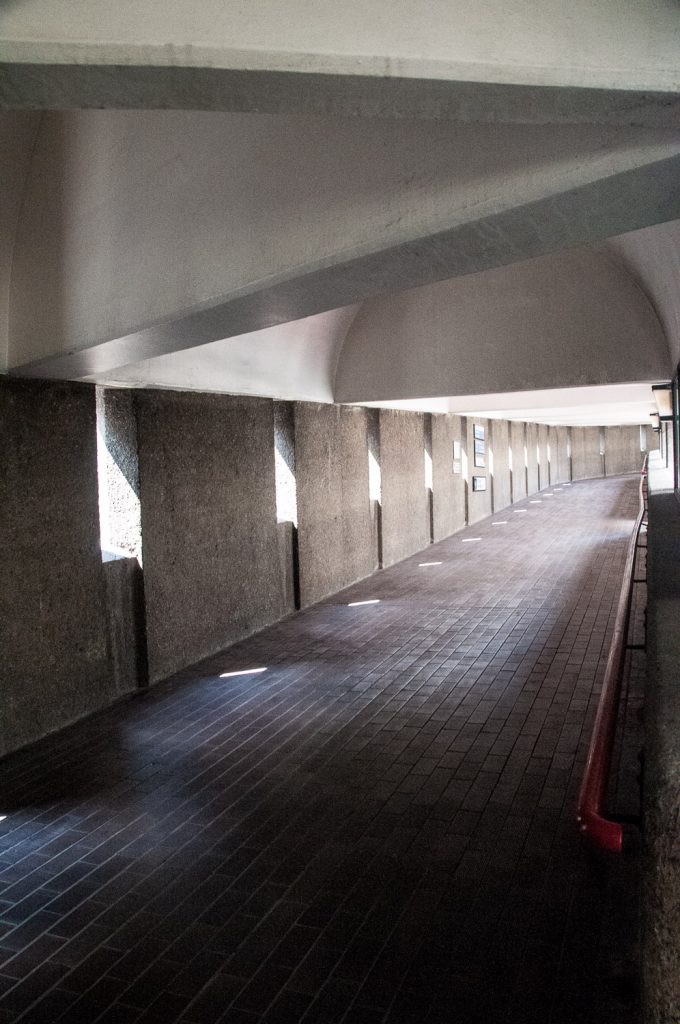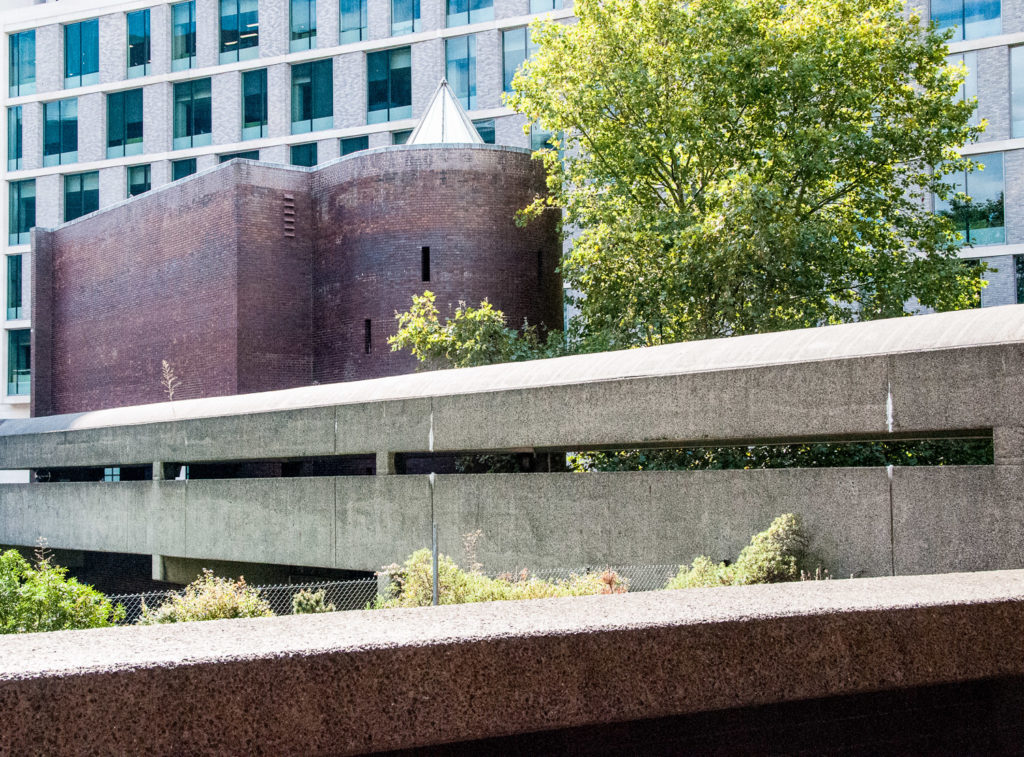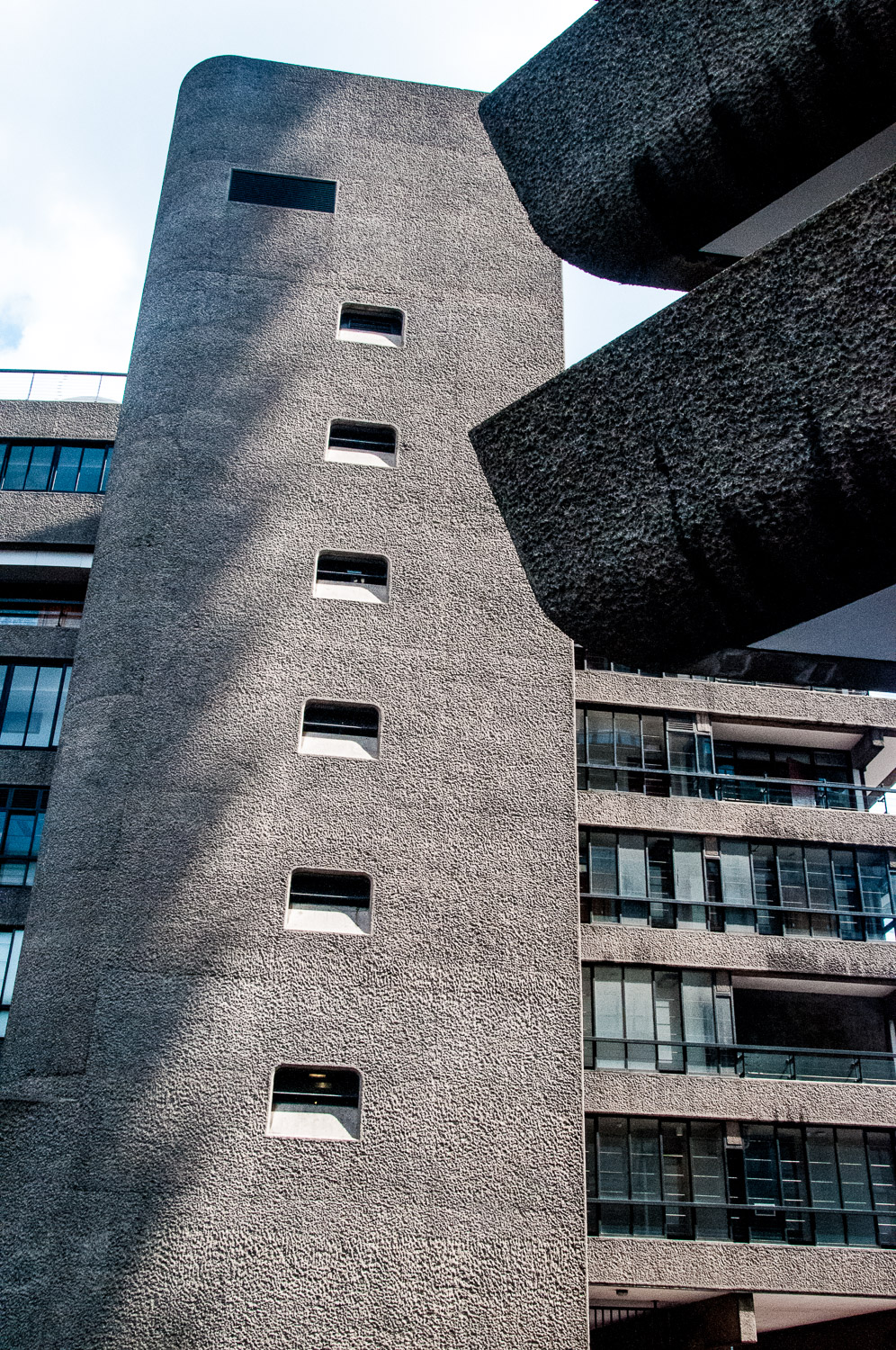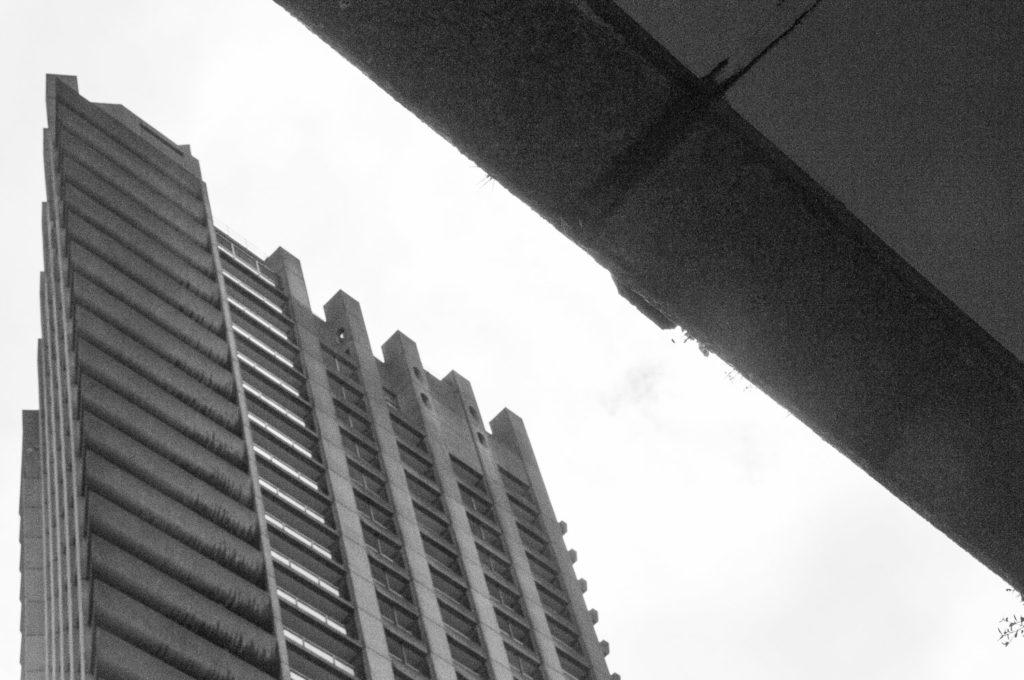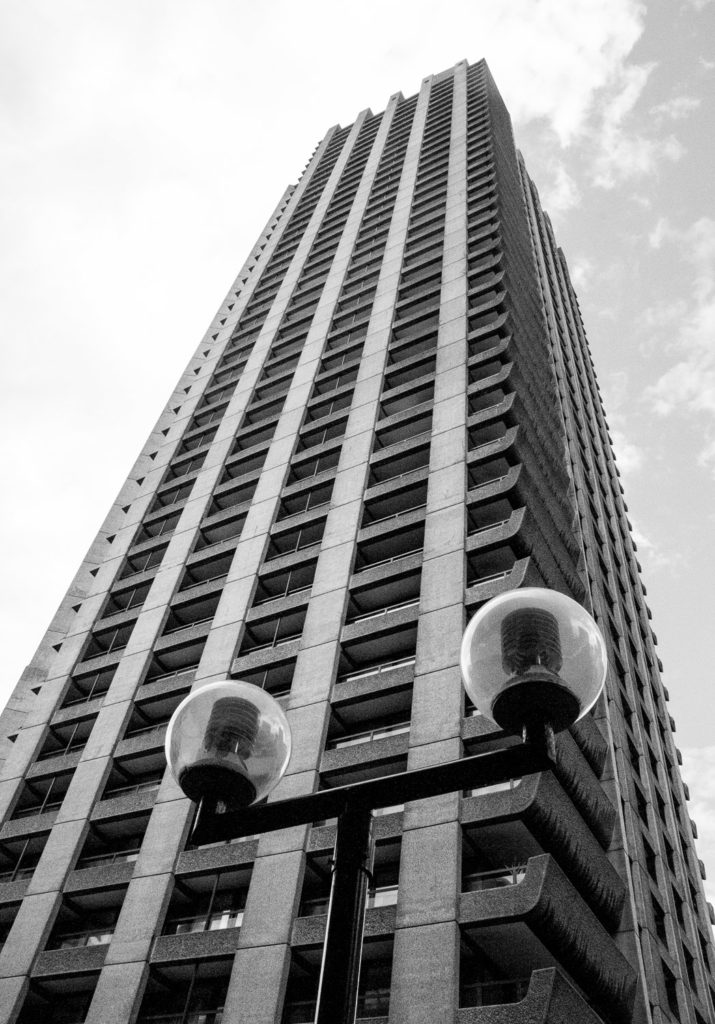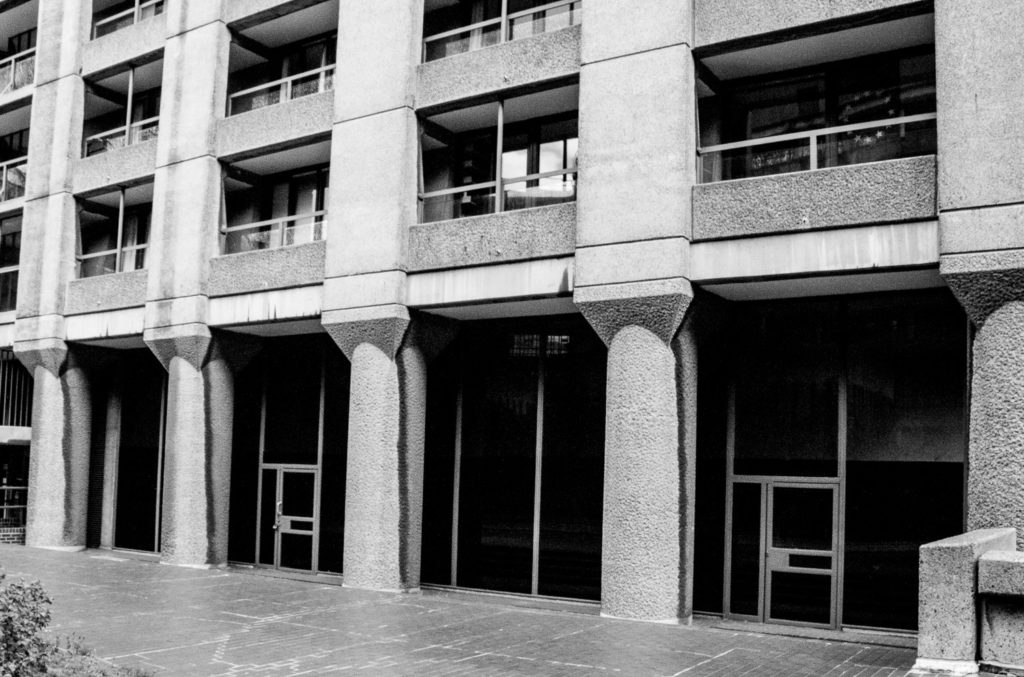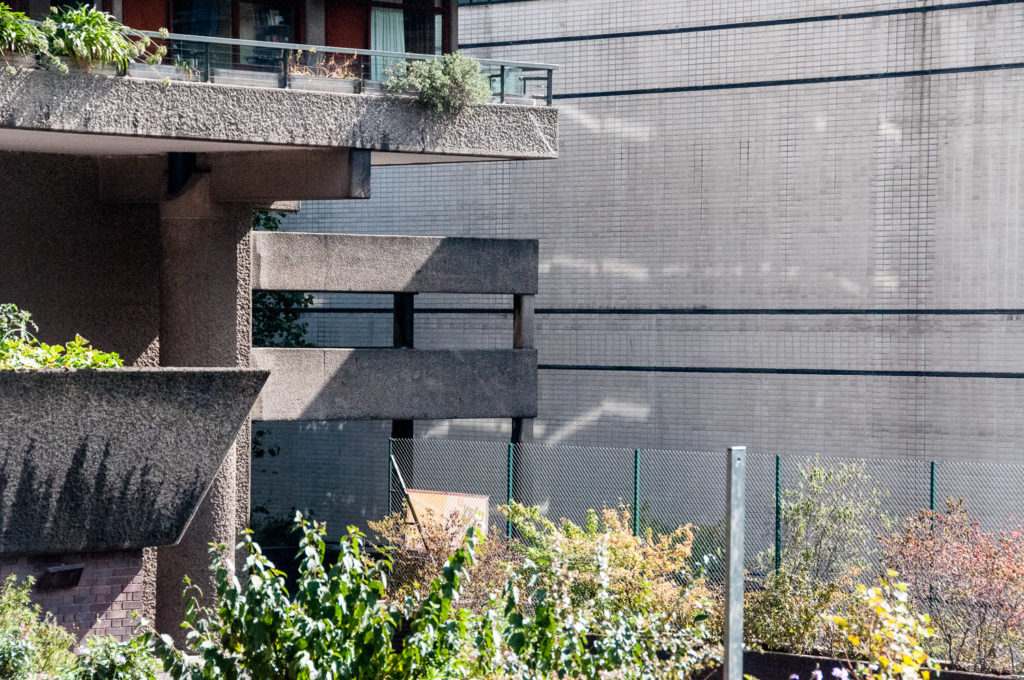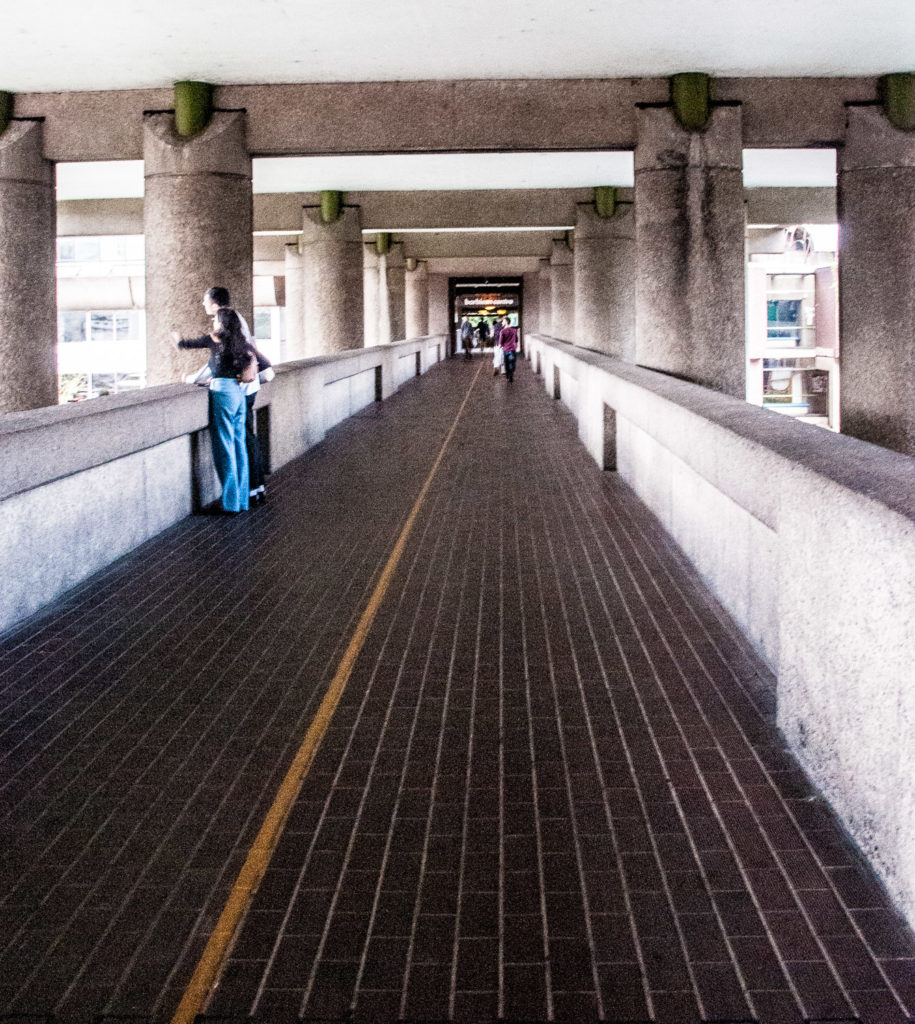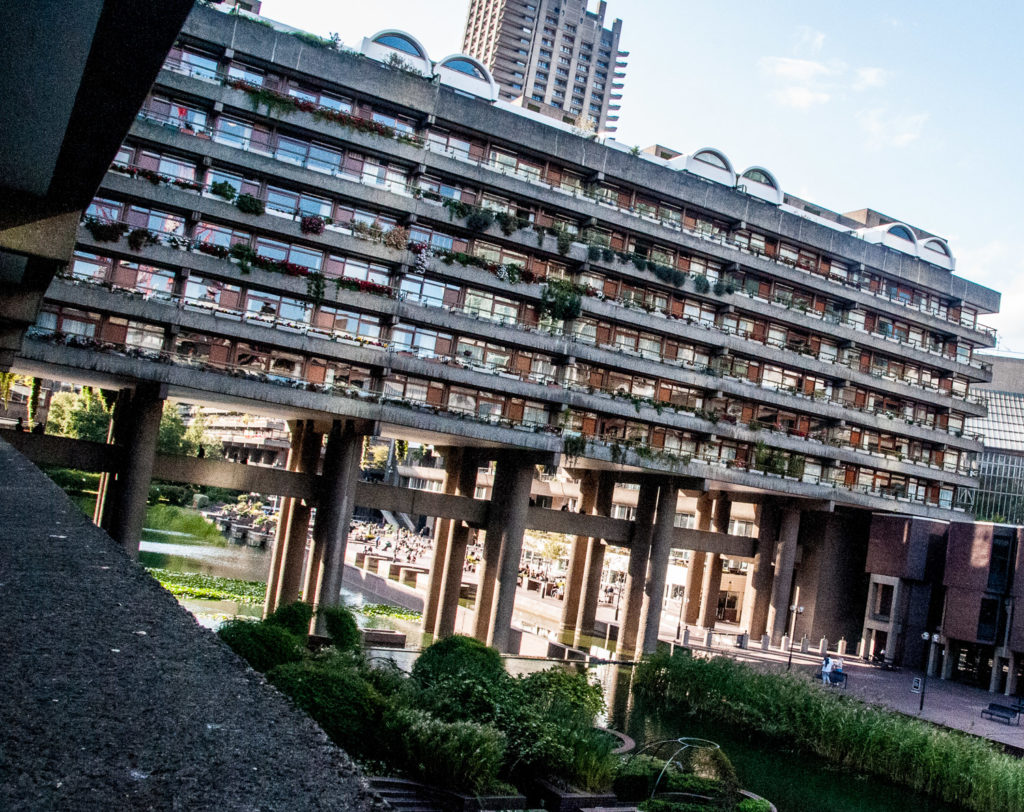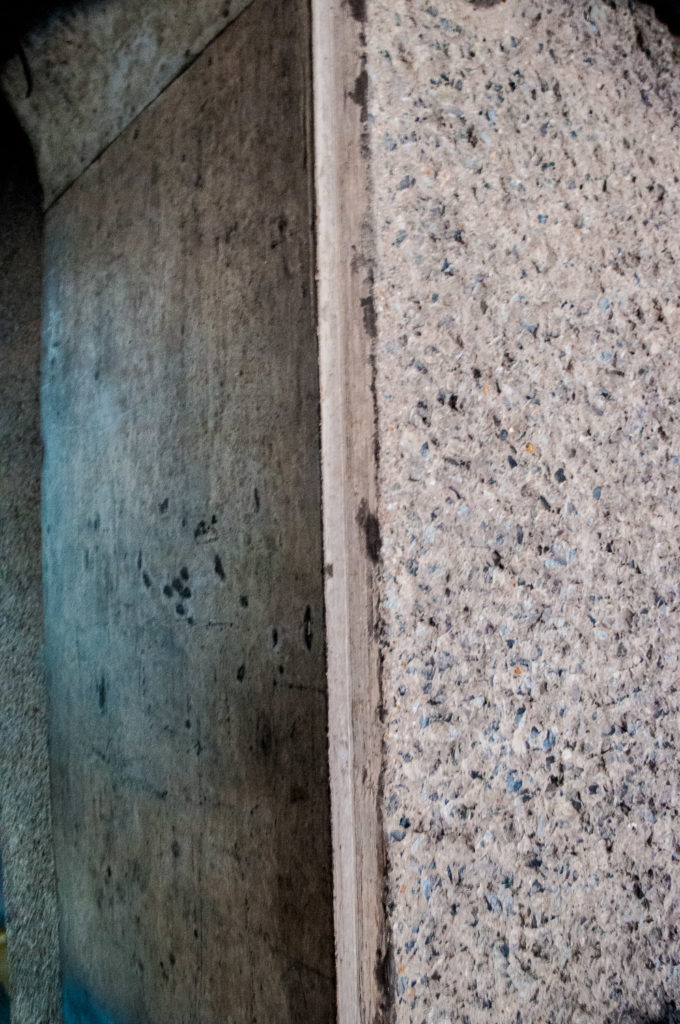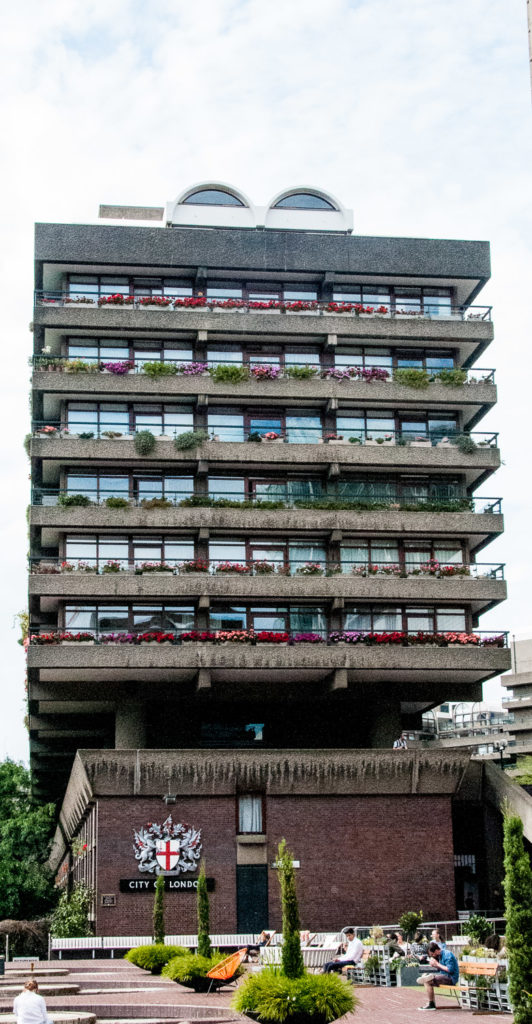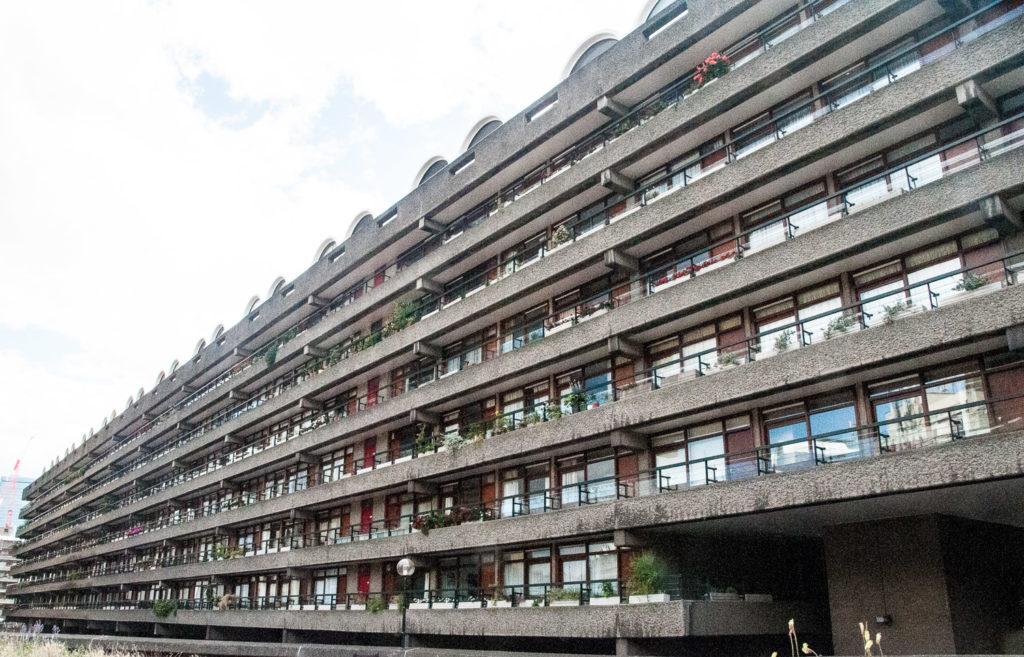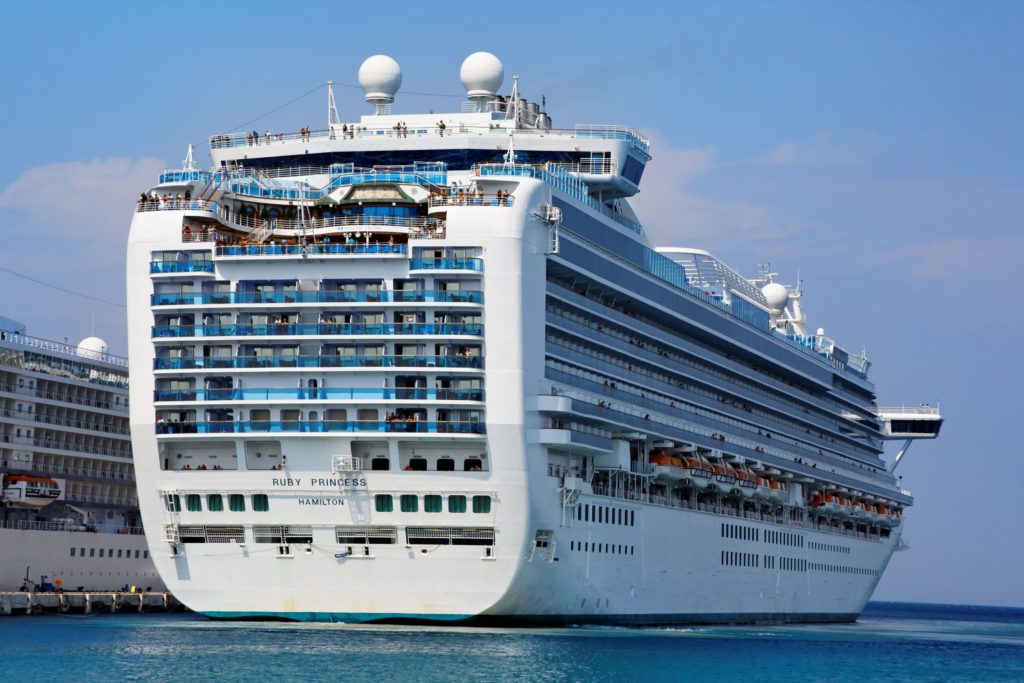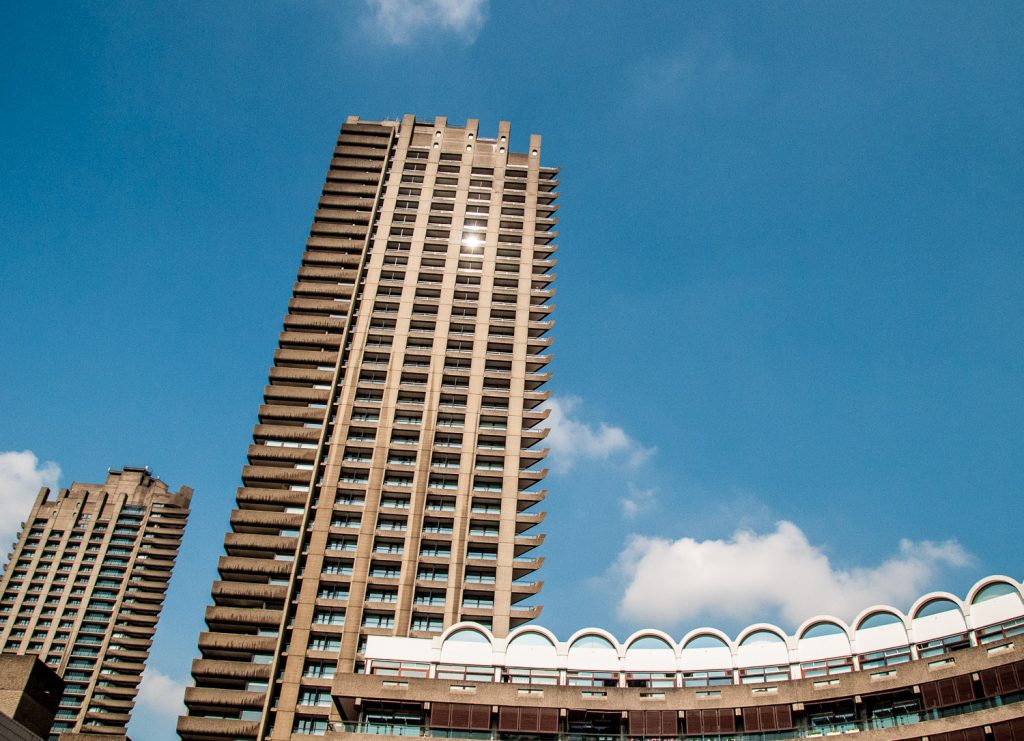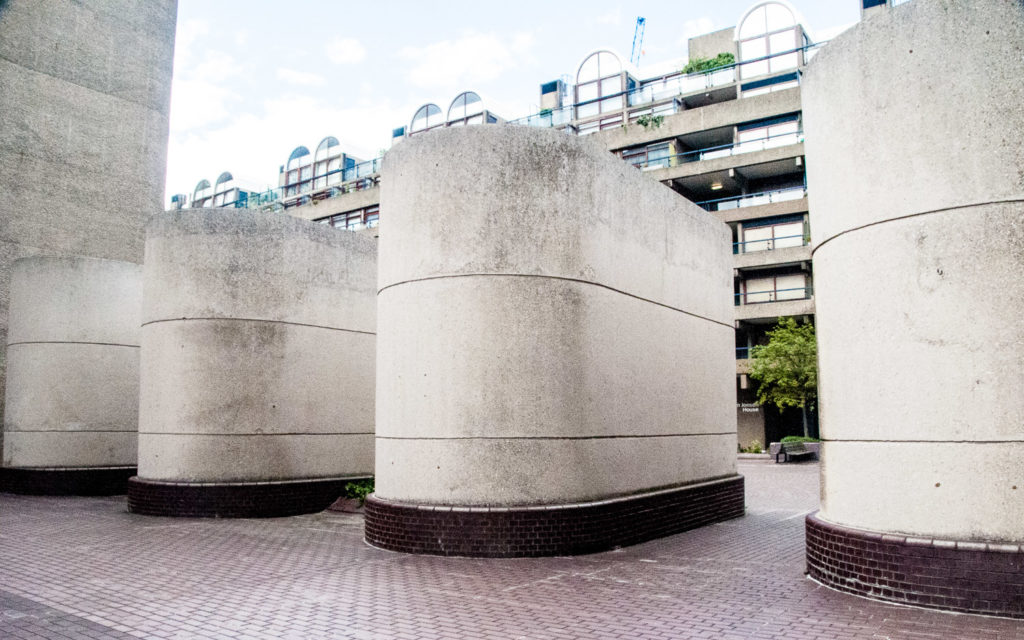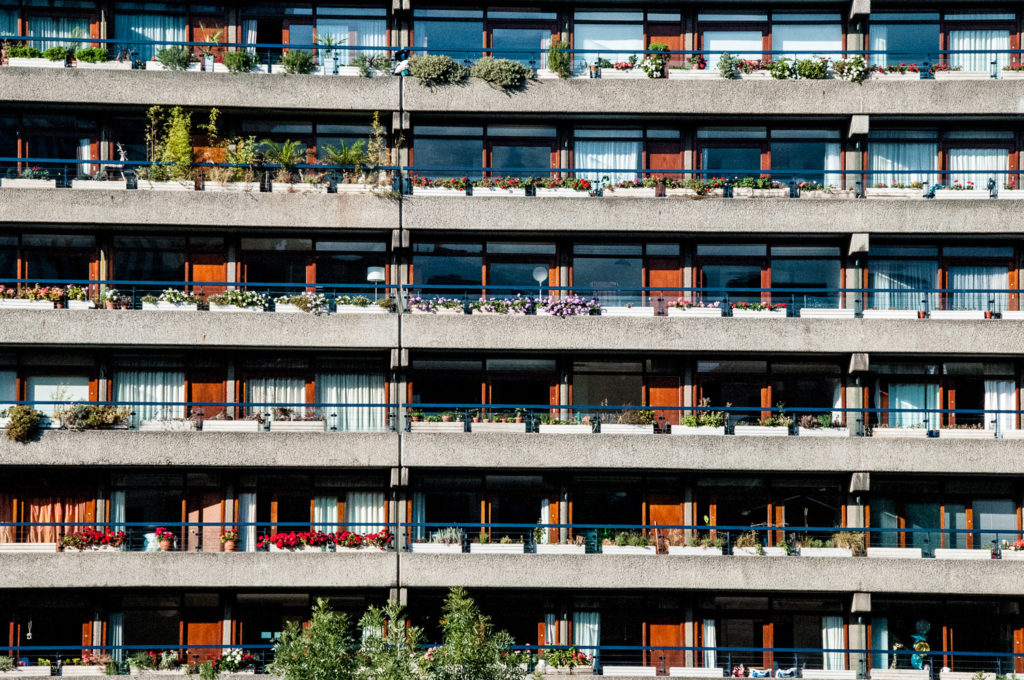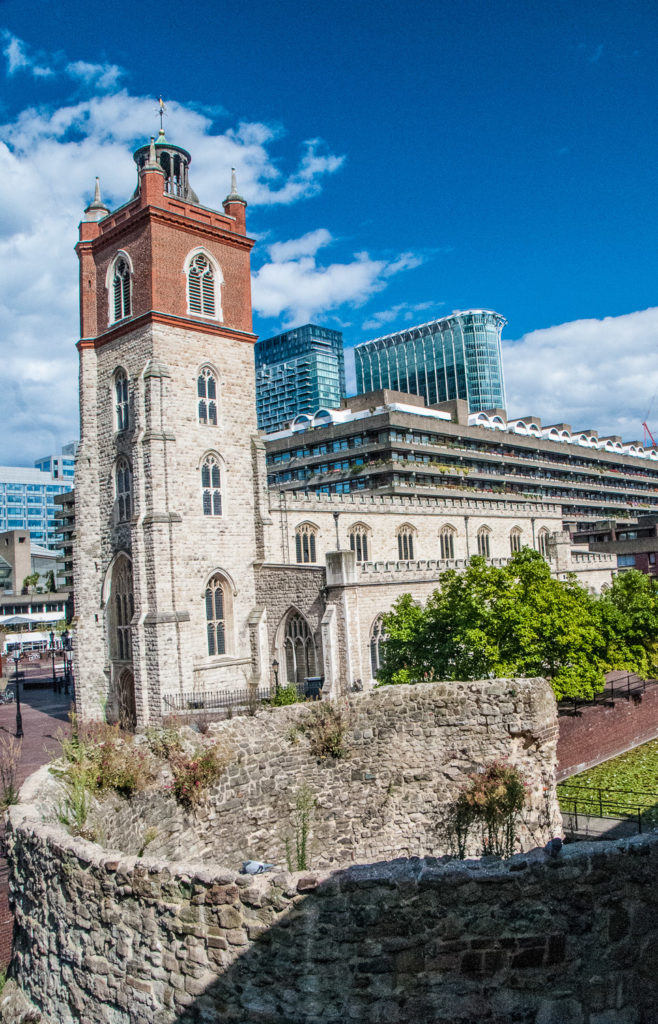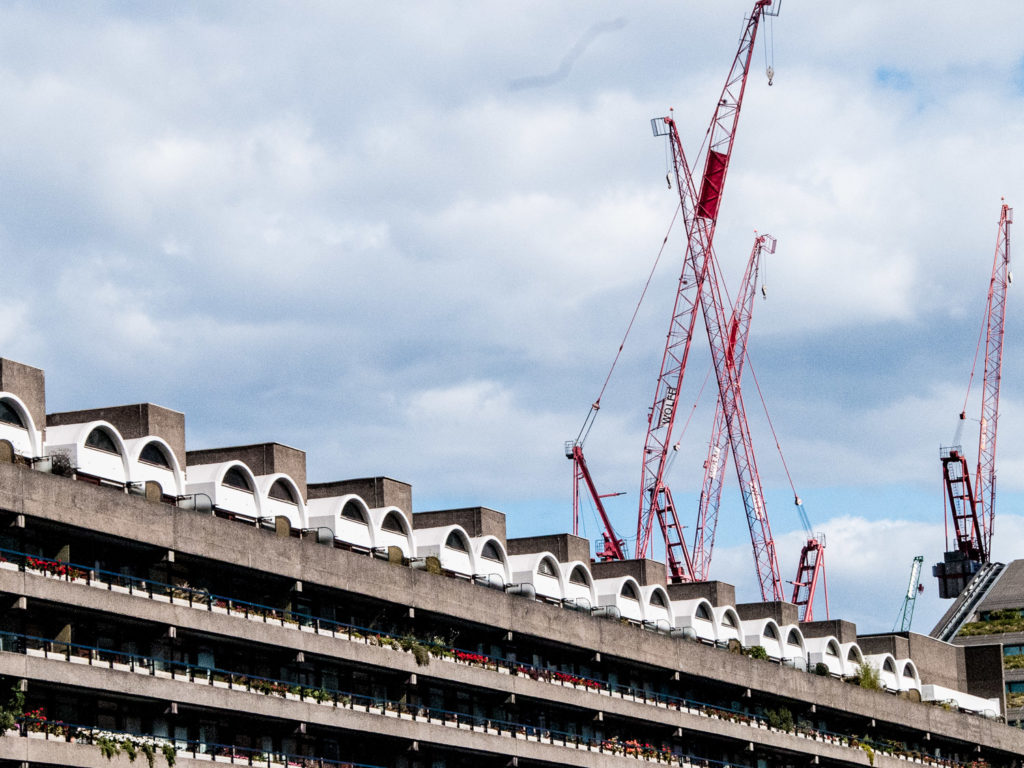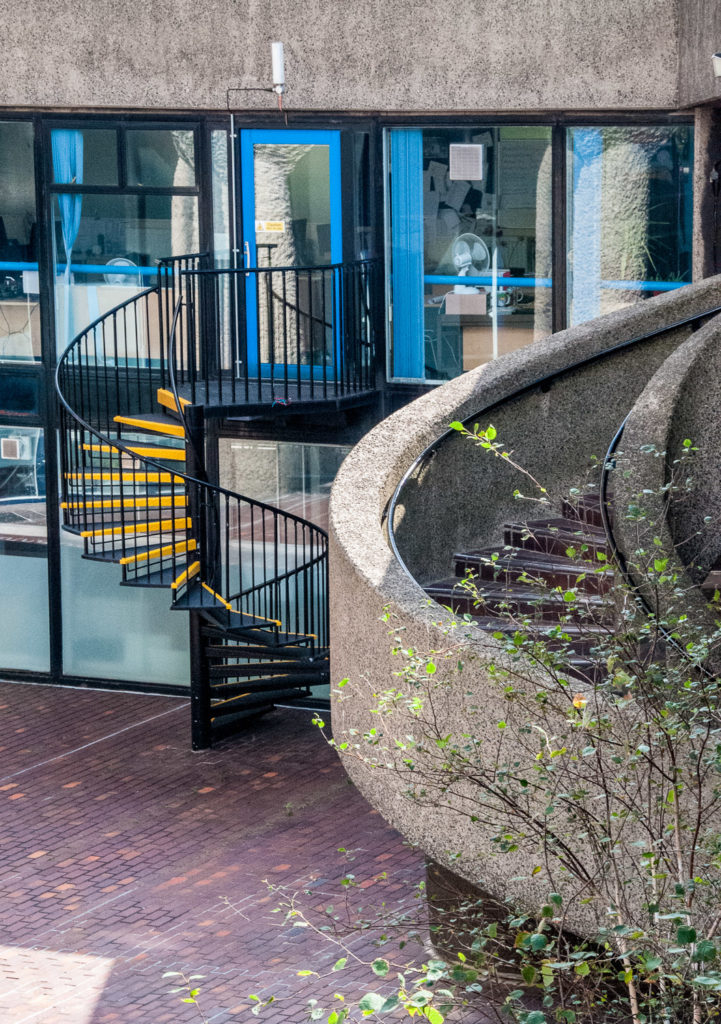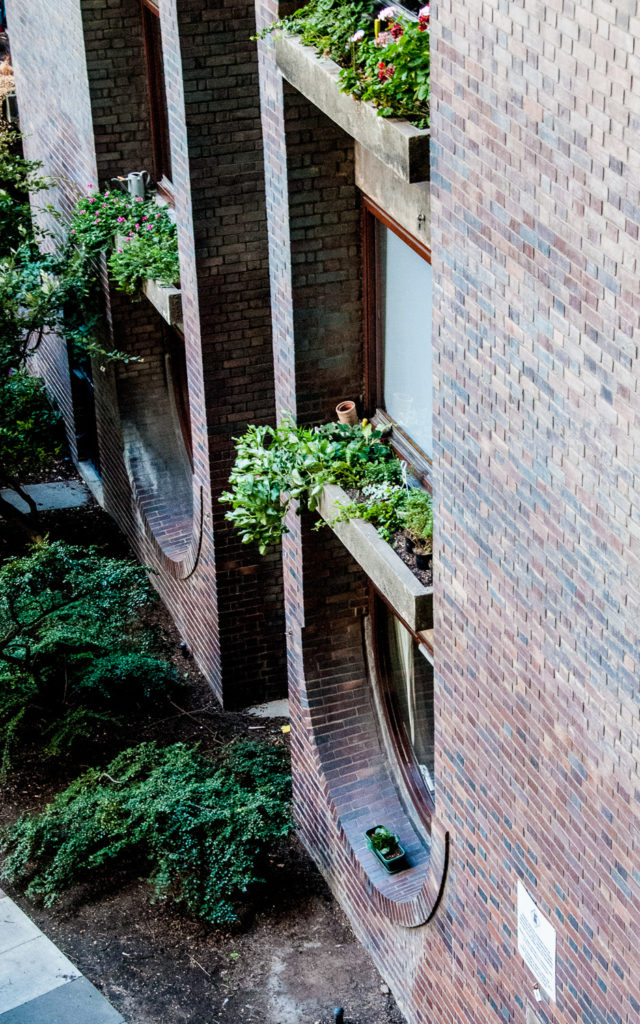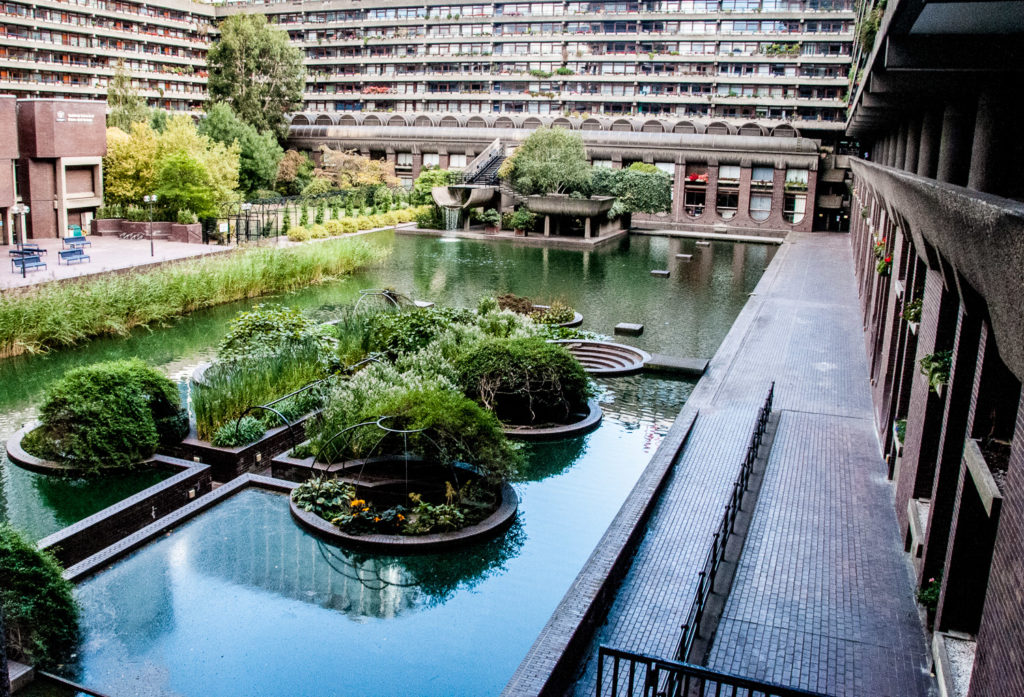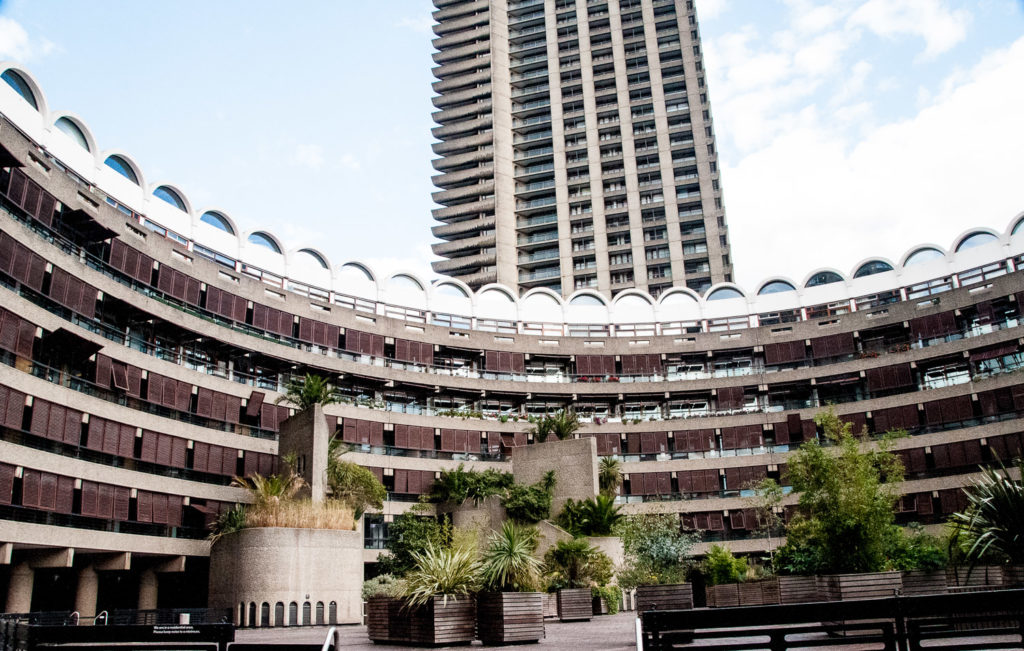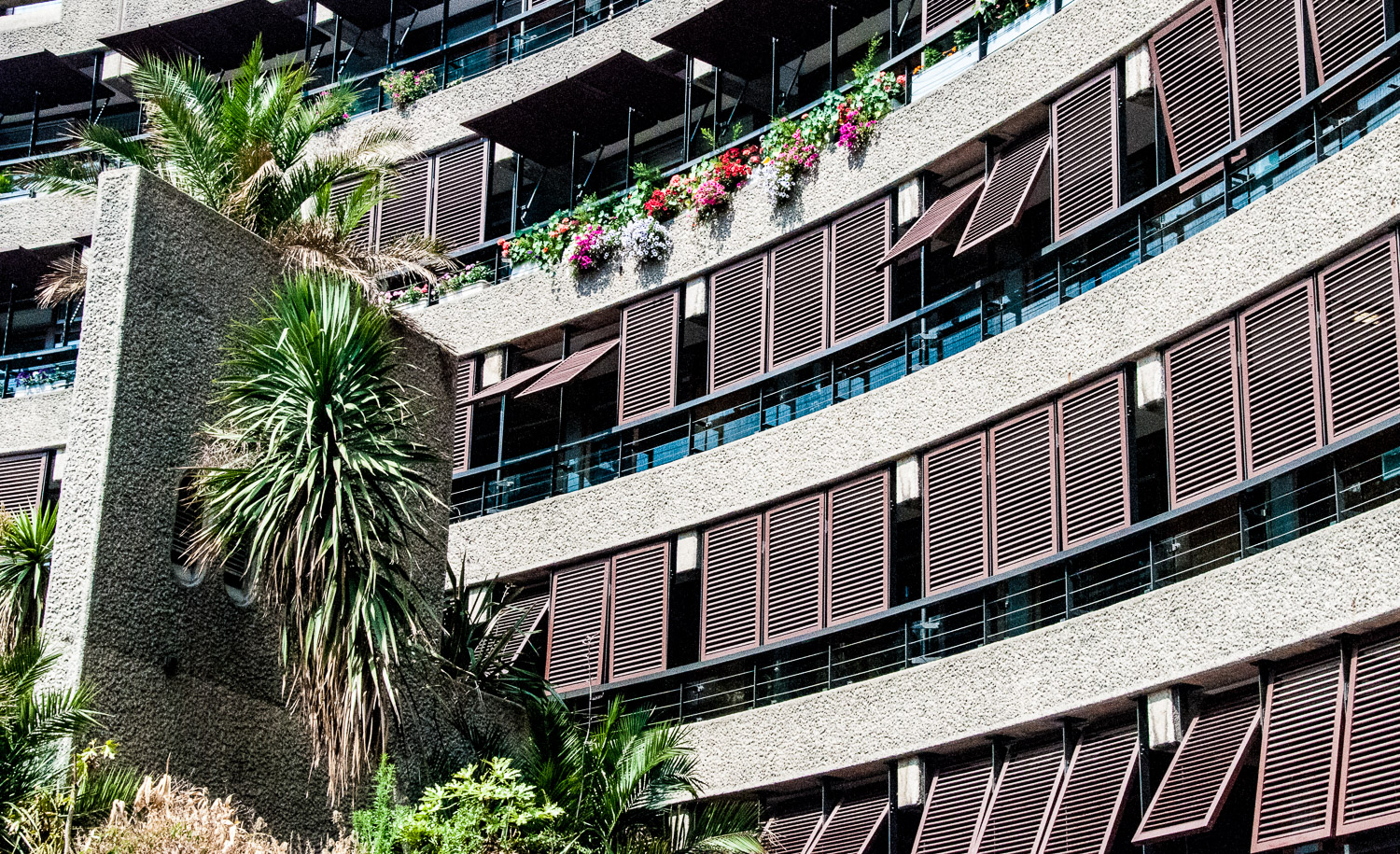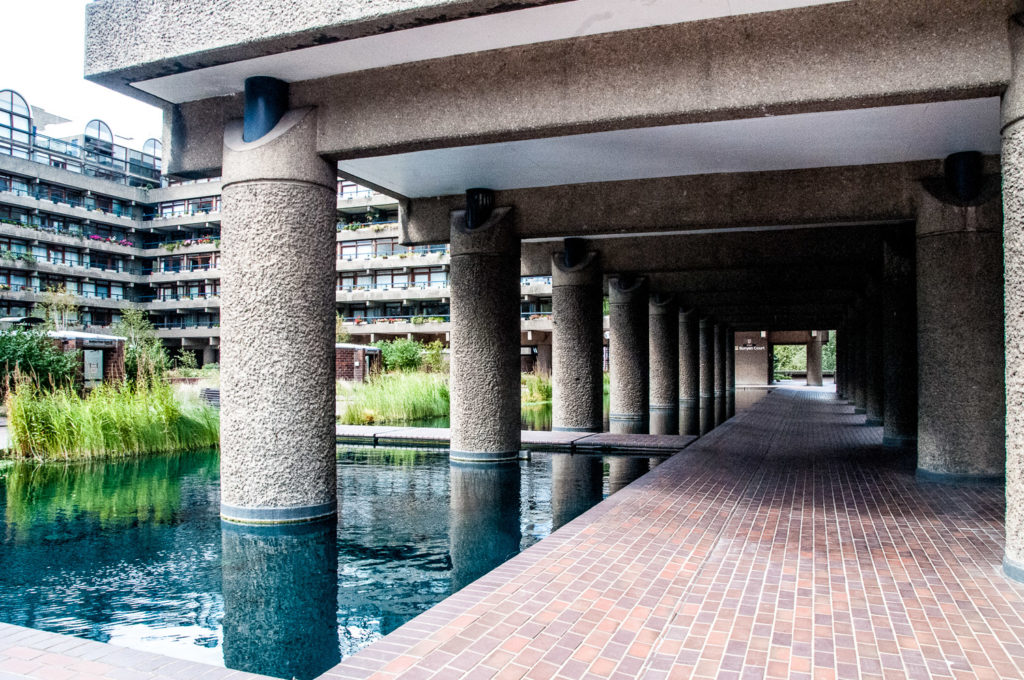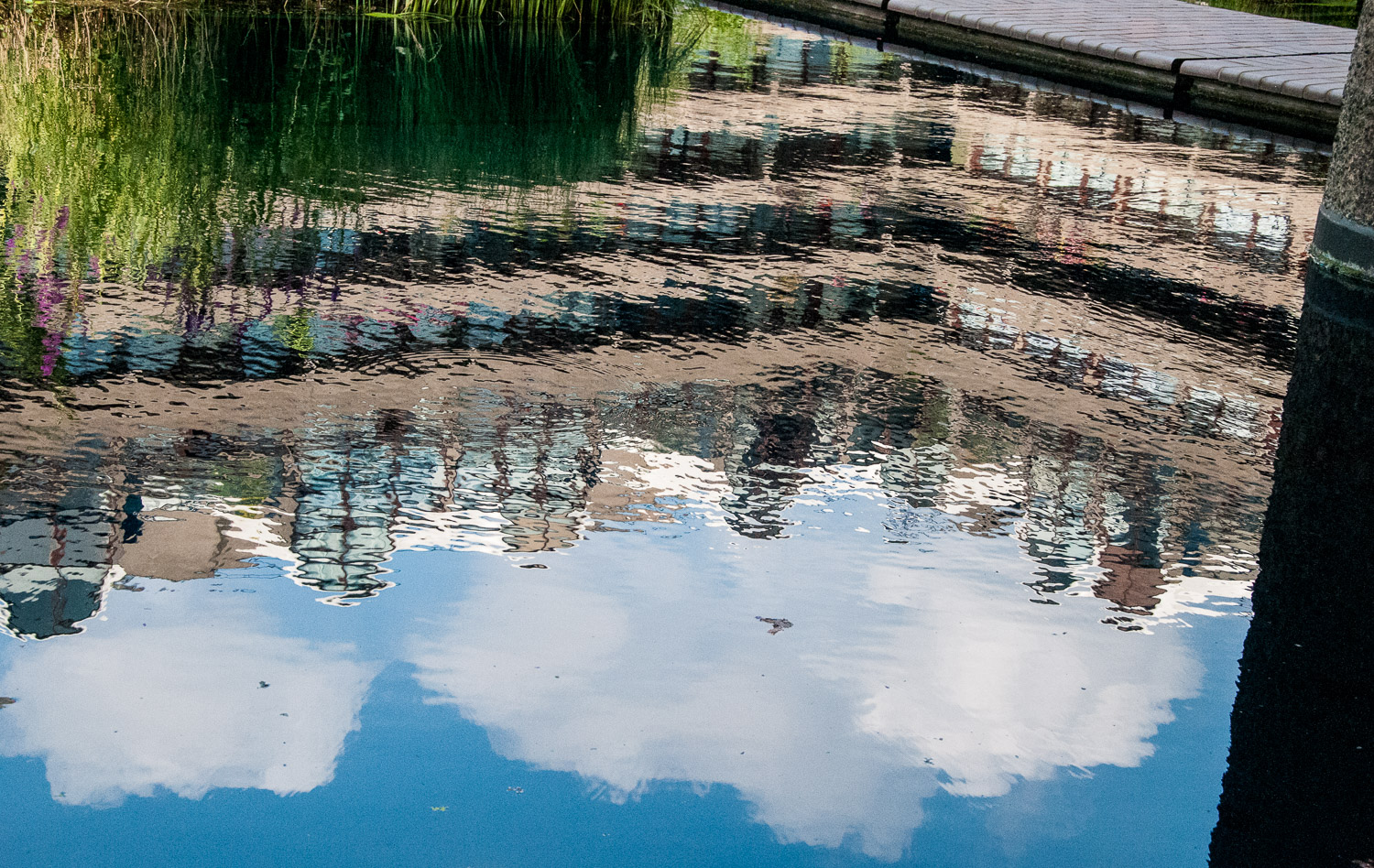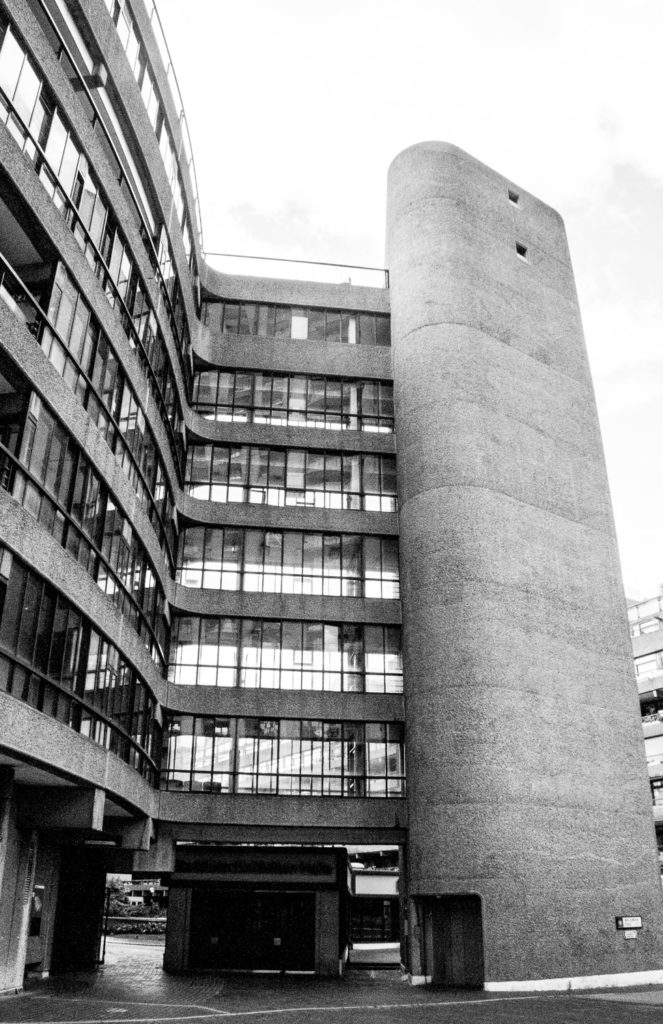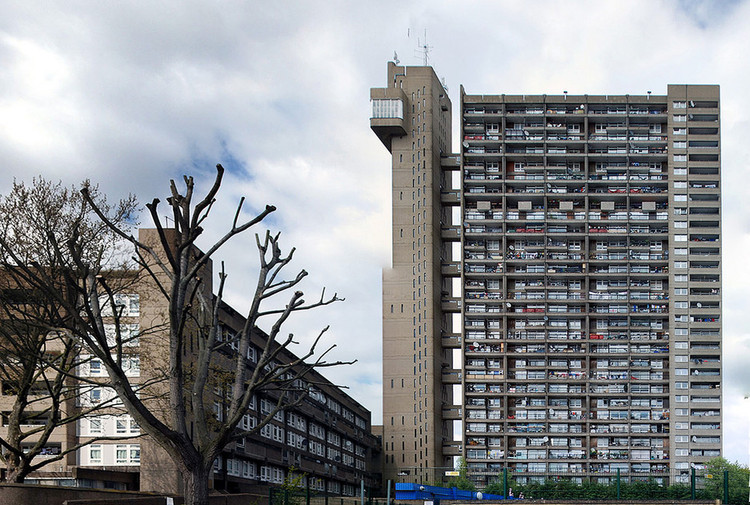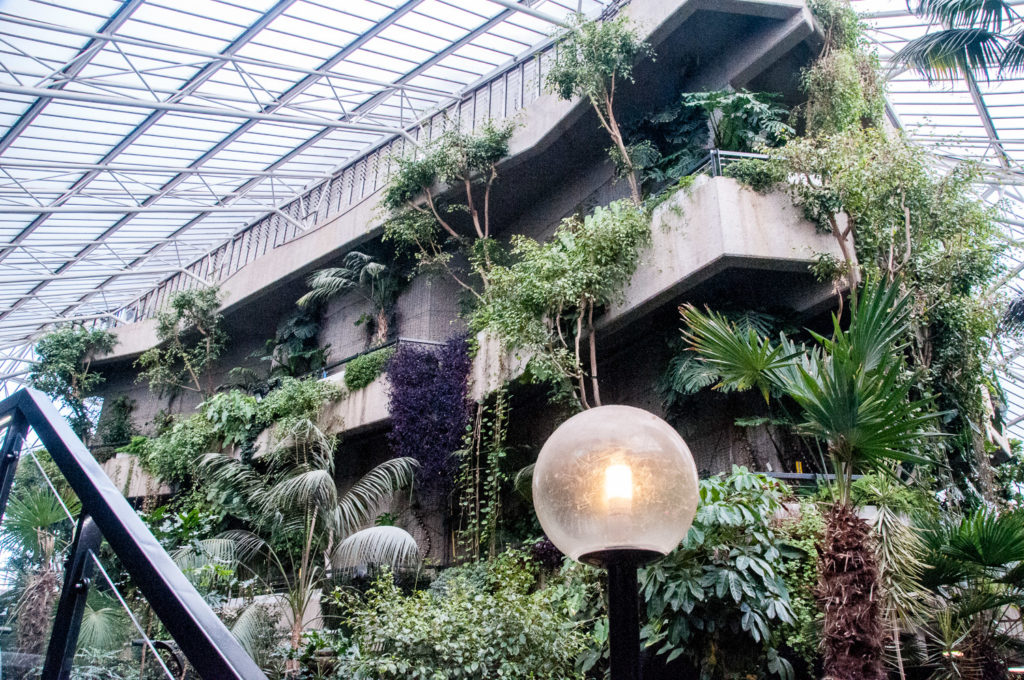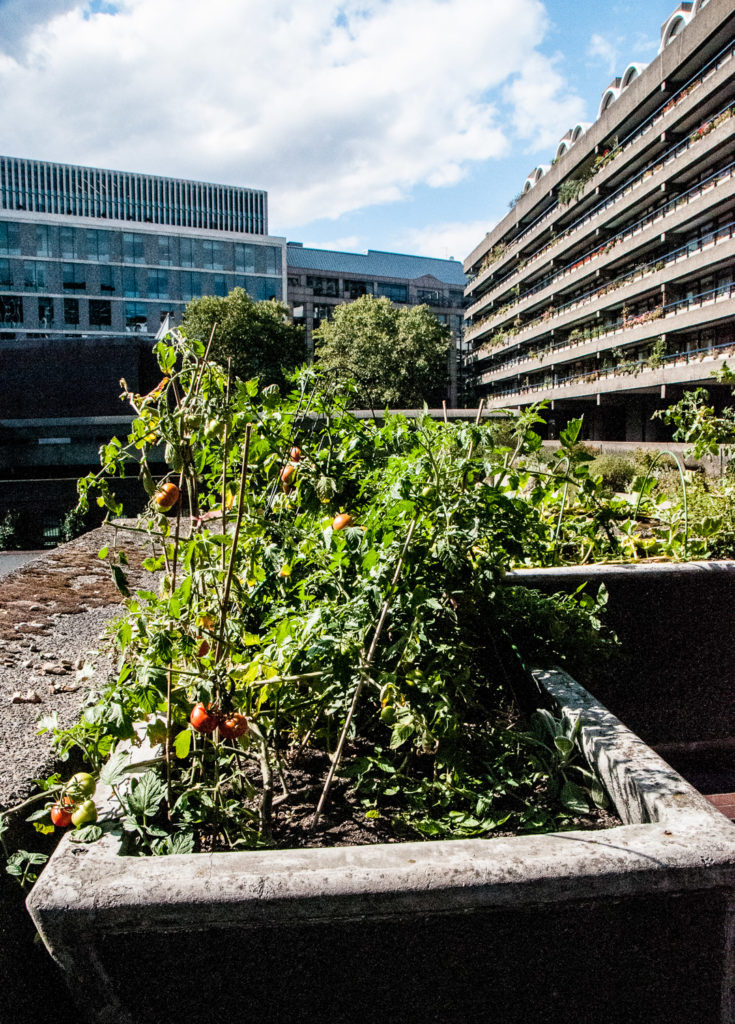I try to take all the blog pictures myself and have been exploring the idea of using monochrome where it might produce a better, more atmospheric image. With this in mind, for this week’s blog I have revisited the pictures I took of City alleys some time ago. The commentary may be familiar to you from the earlier writings but I hope the stories are worth revisiting.
The entrance to Ball Court looks decidedly sinister …
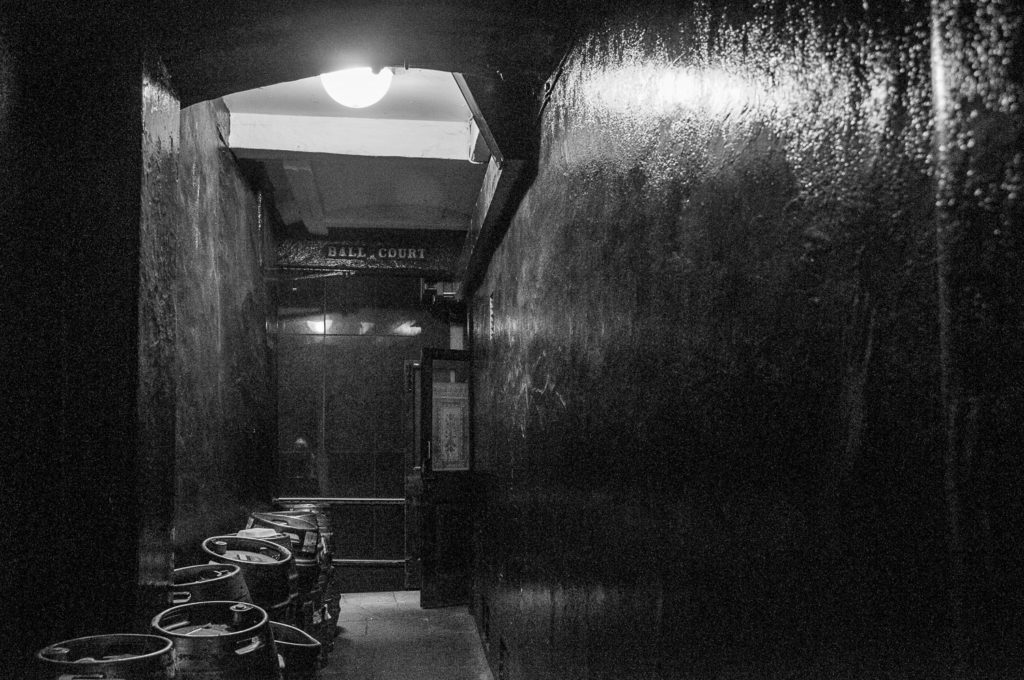
There are two alleys off Bishopsgate that are quite easy to miss but reward investigation. The first I explored was Swedeland Court (EC2M 4NR). I can’t find out why it’s called that (or why it’s a ‘court’ and not an ‘alley’). At the end is the interesting Boisdale Restaurant. It’s worth walking to the end and looking back towards the street as there are some charming old lamps and it’s very atmospheric …
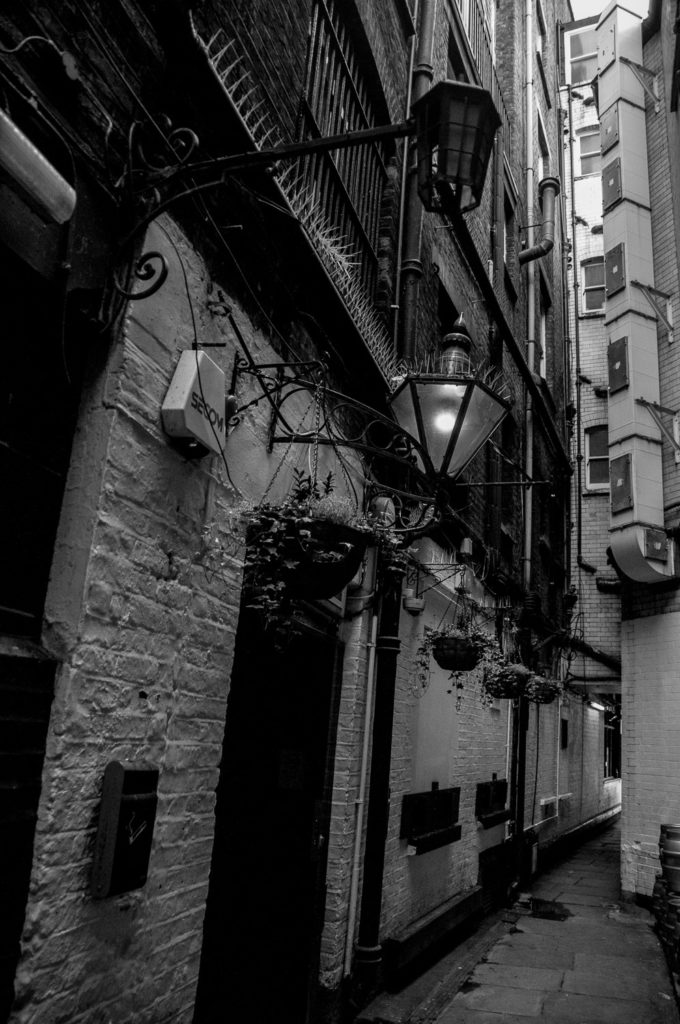
Nearby is the rather uninviting looking Catherine Wheel Alley which will eventually lead you to Middlesex Street …
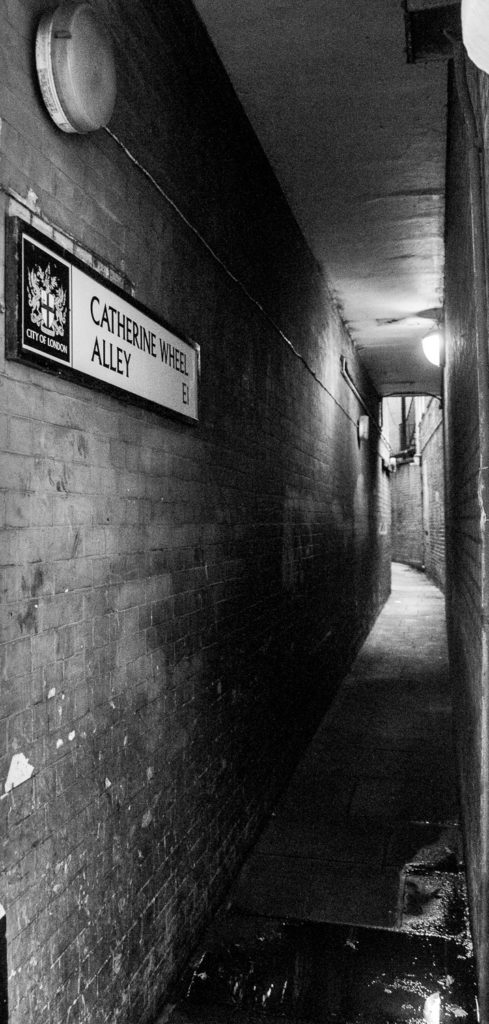
Looking out towards Bishopsgate …
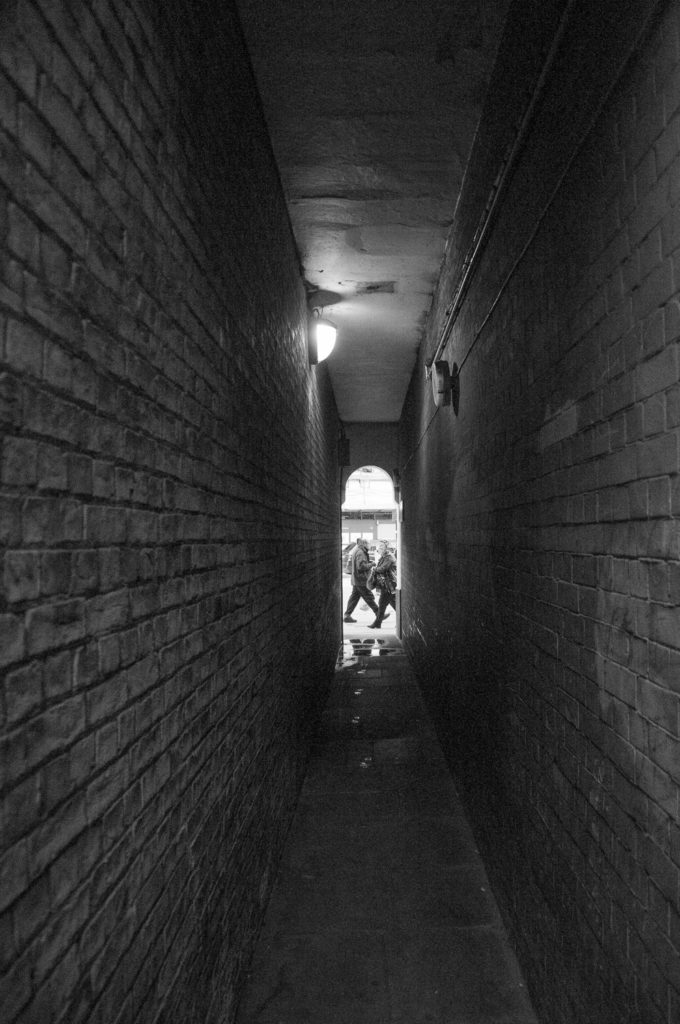
The Catherine Wheel pub stood here for 300 years until it burned down in 1895. It’s said that the name was changed at one point to the Cat and Wheel in order to placate the Puritans who objected to its association with the 9th century saint. It’s also claimed that the highwayman Dick Turpin drank here, but if he drank in every pub that has since claimed a connection he would never have been sober enough to ride a horse.
When I worked near here in the 1970s it was always a pleasure to walk through this covered passage since the enclosed area was redolent with the aroma of spices, once stored here in the heyday of London Docks. It had the nickname ‘Spice Alley’ …
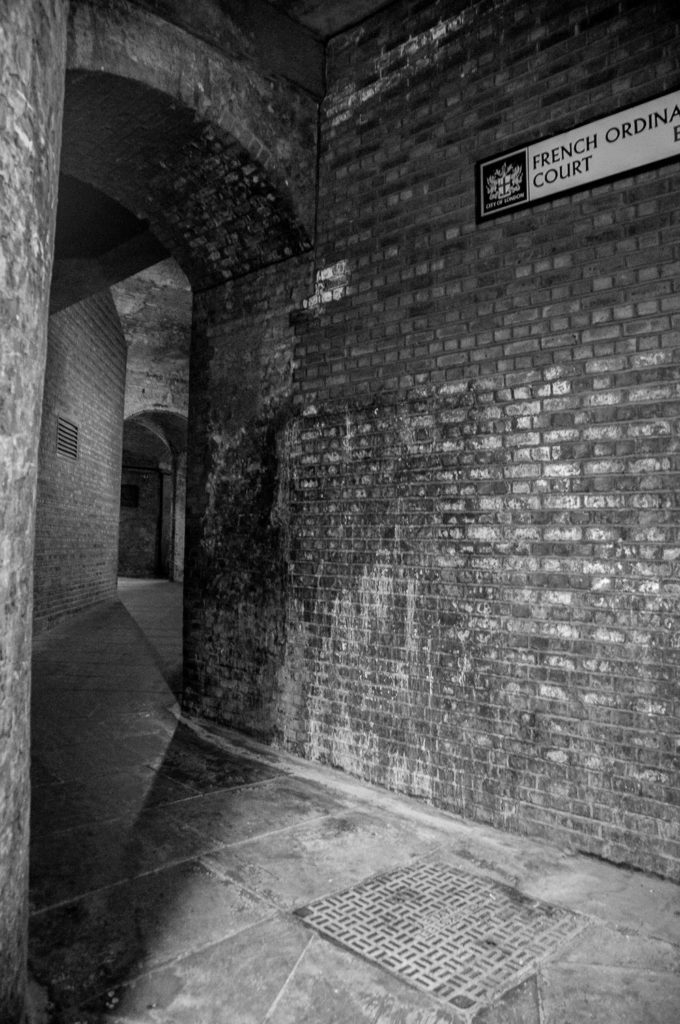
The pathway from Fenchurch Street (just beside the East India Arms EC3M 4BR) leads to Crutched Friars and by the time of Rocque’s map of 1746 it had acquired the name French Ordinary Court. The Court was named for the fact that, in the 17th century, Huguenots were allowed by the French Ambassador, who had his residence at number 42 next door, to sell coffee and pastries there. They also served fixed price meals and in those days such a meal was called an ‘ordinary’ …
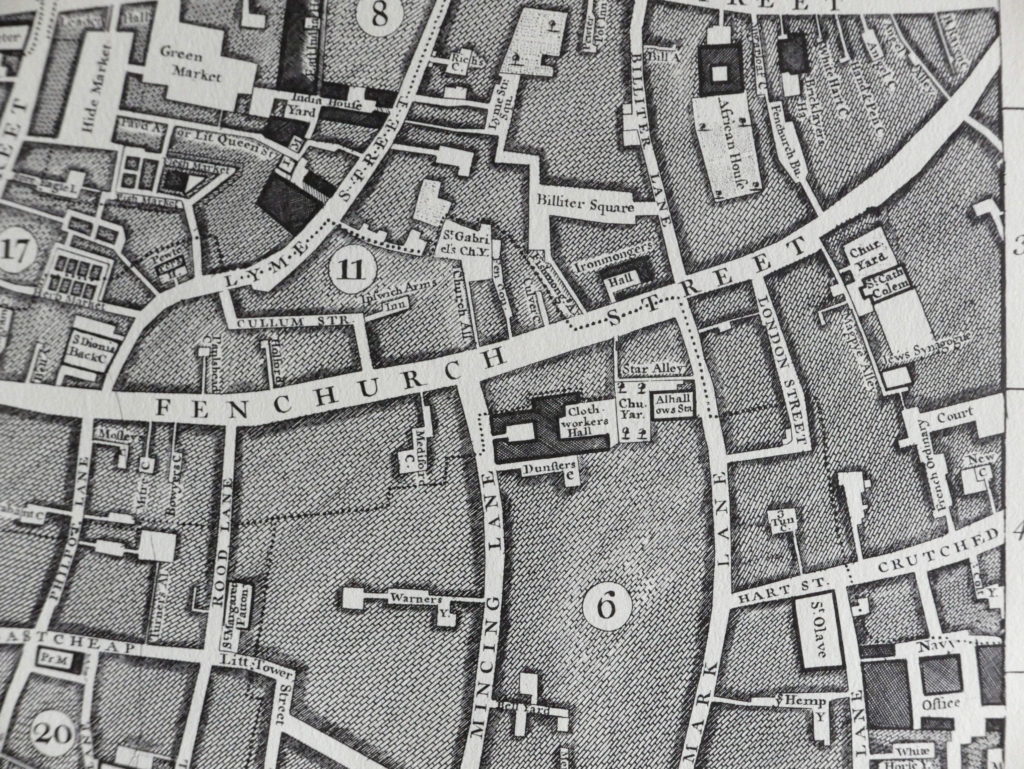
The lane itself dates from the 15th century and perhaps even earlier. It was further enclosed in the 19th century as Fenchurch Street railway station was constructed above, transforming it into a cavernous passage.
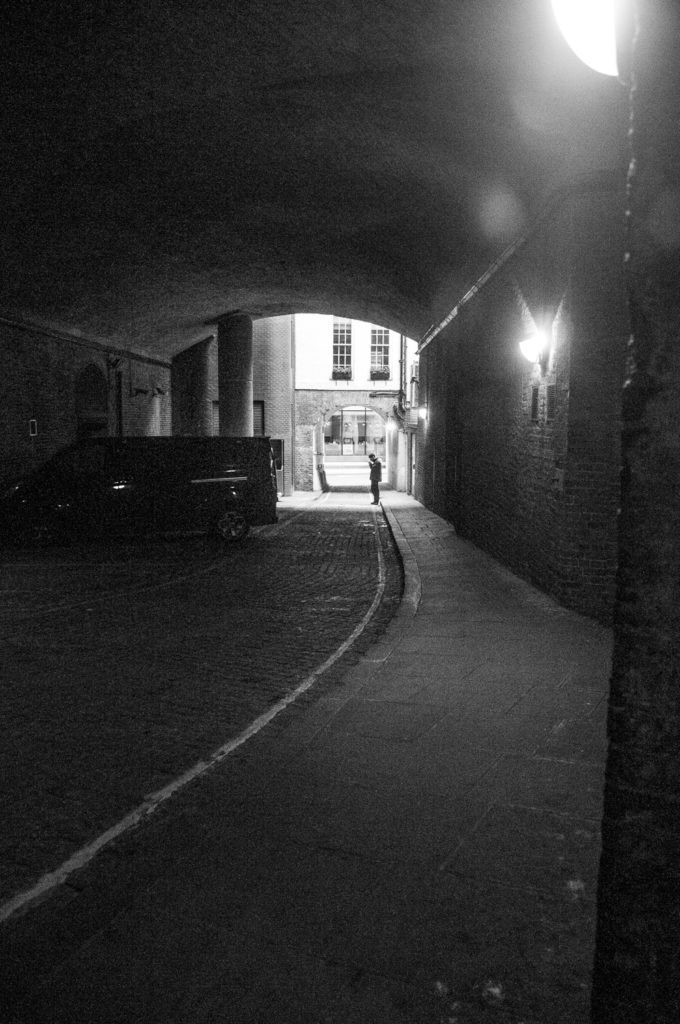
The old French Ambassador’s house …
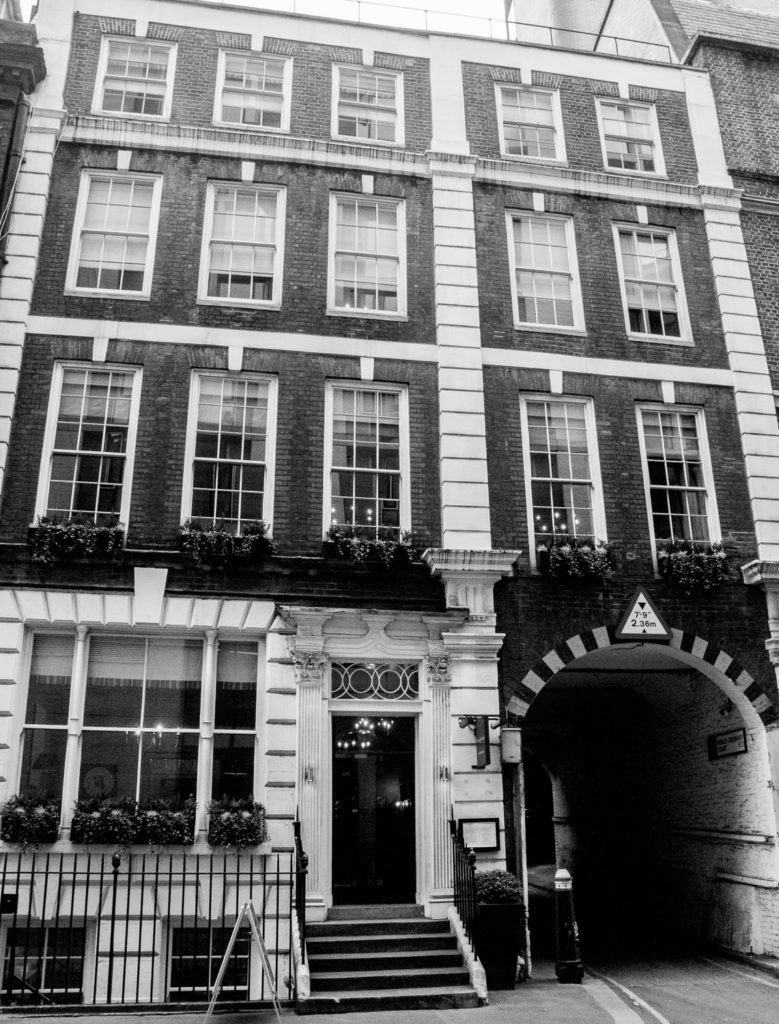
Star Alley (EC3M 4AJ) links Mark Lane with Fenchurch Street and you can also find it on Rocque’s map …
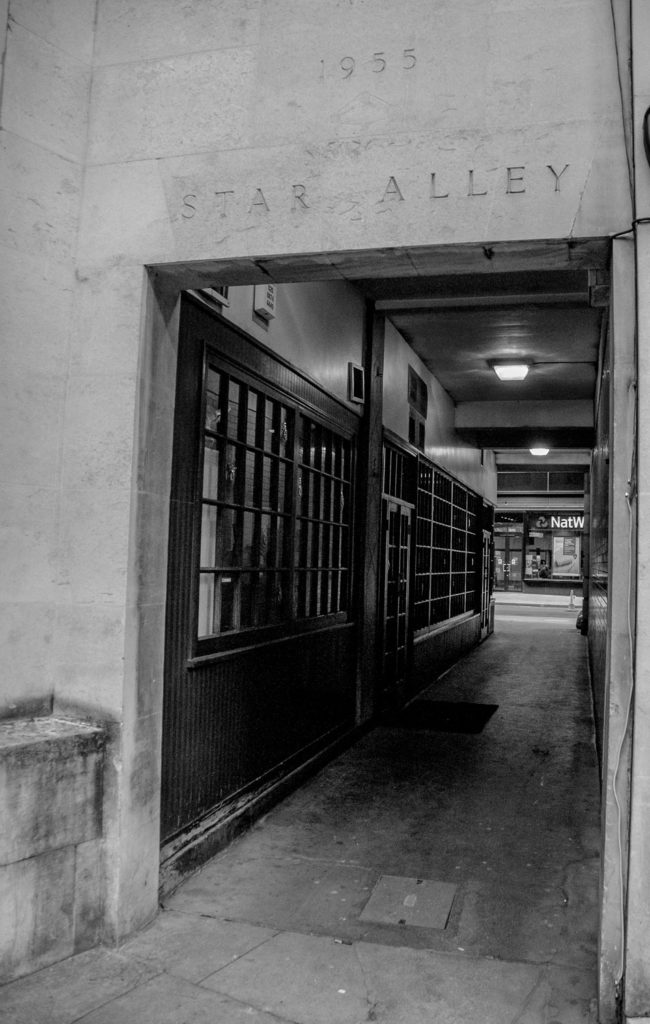
This is the entrance to Bengal Court …
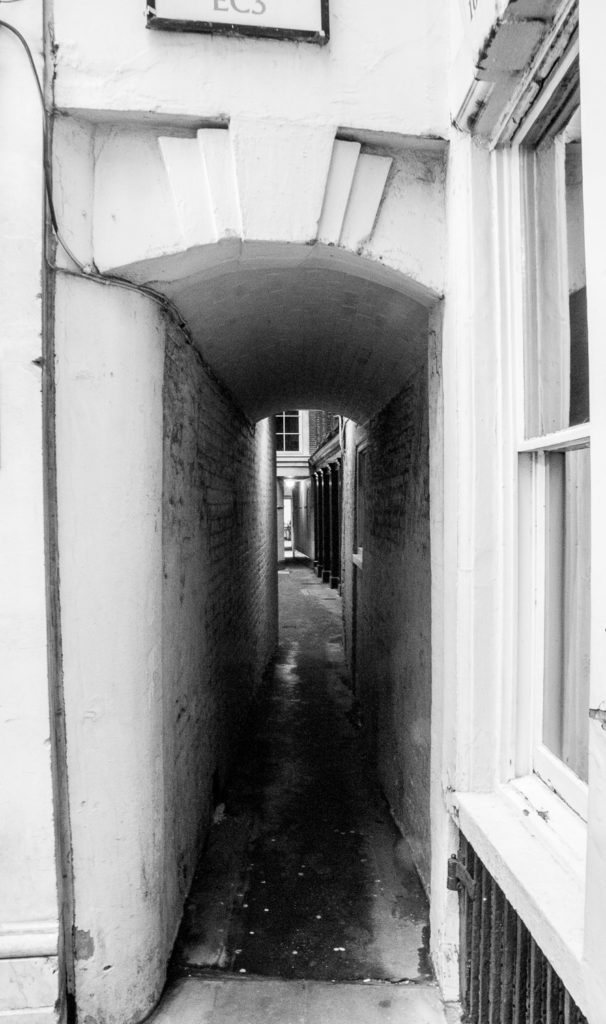
Squeeeeze through and you could be back in the 17th century …
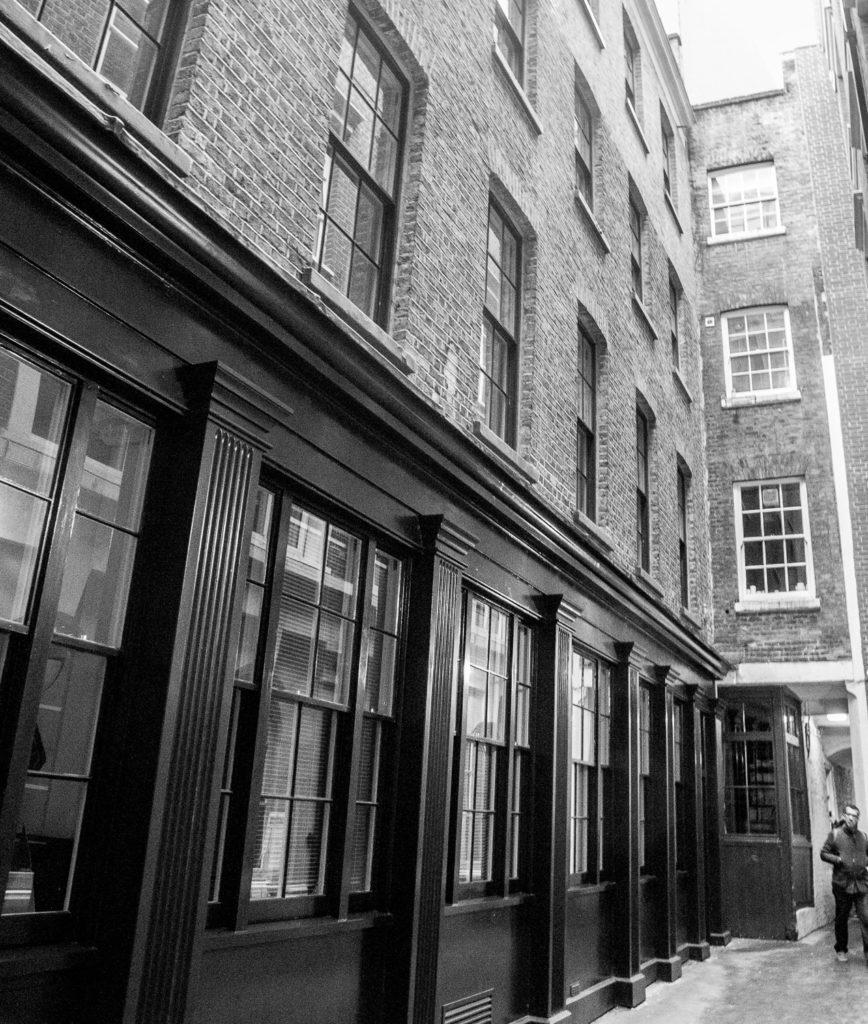
It was common at the turn of the 20th century for offices to have mirrors installed and hung outside to reflect light. I have come across this picture which is captioned Bengal Court 1910 …
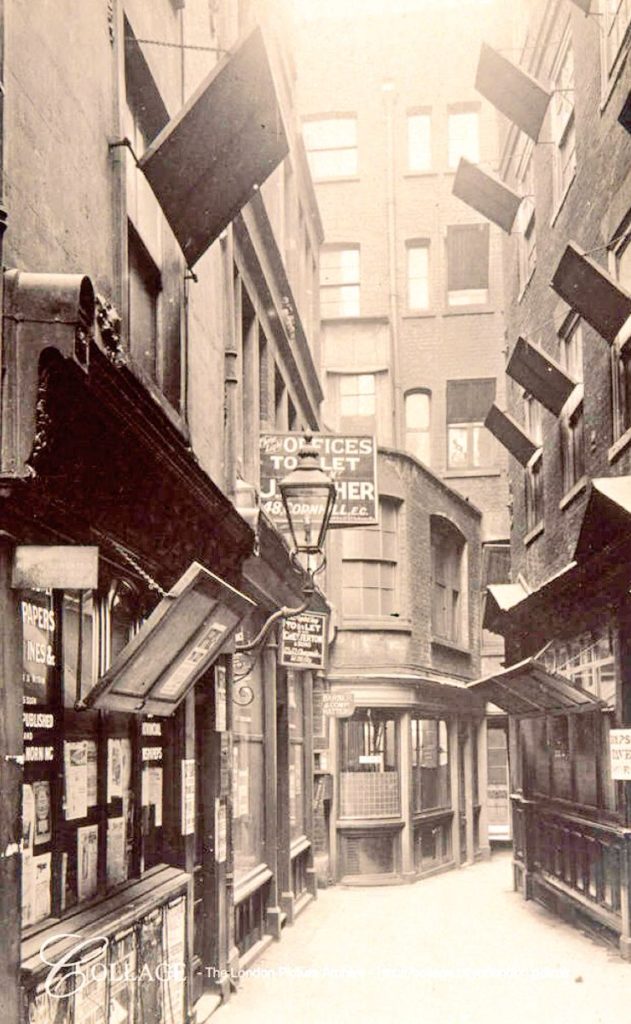
Wine Office Court off Fleet Street is home to the Ye Olde Cheshire Cheese pub, Ye Olde being an accurate description in this case since the pub dates from 1667. It also lives up to expectations inside, being spread over four floors with numerous nooks and crannies …
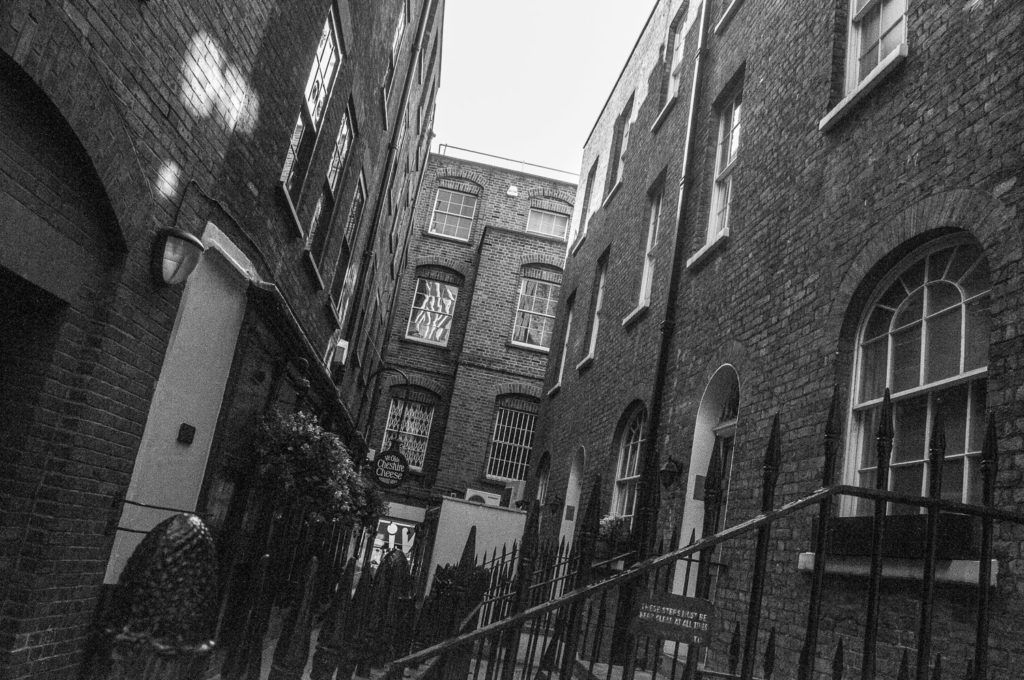
For a slightly threatening atmosphere it is hard to beat Clifford’s Inn Passage …
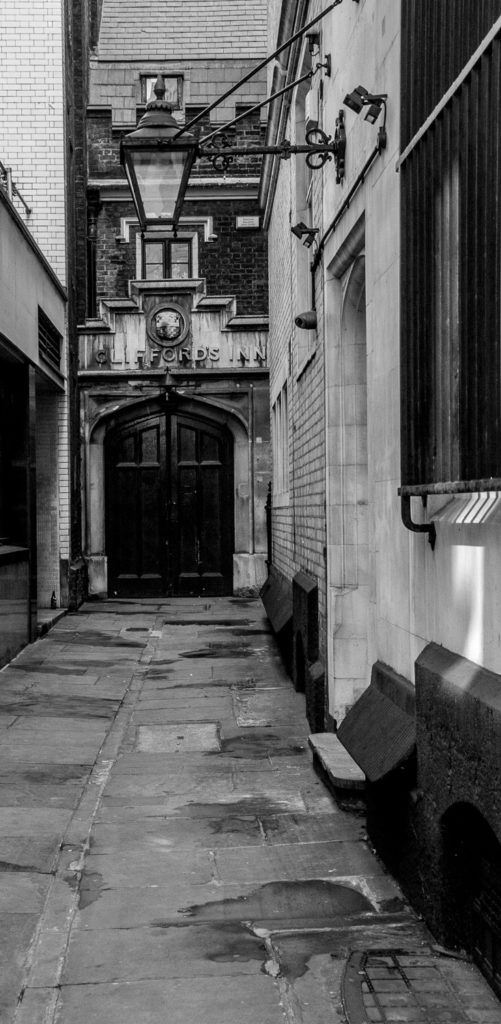
On the right you can see a ‘deflector’ designed to discourage men using the alley as a toilet since it would all splash back on their boots.
Steelyard Passage runs under Cannon Street Station and rather spookily there is a sound installation of the noise made in a steelworking environment …
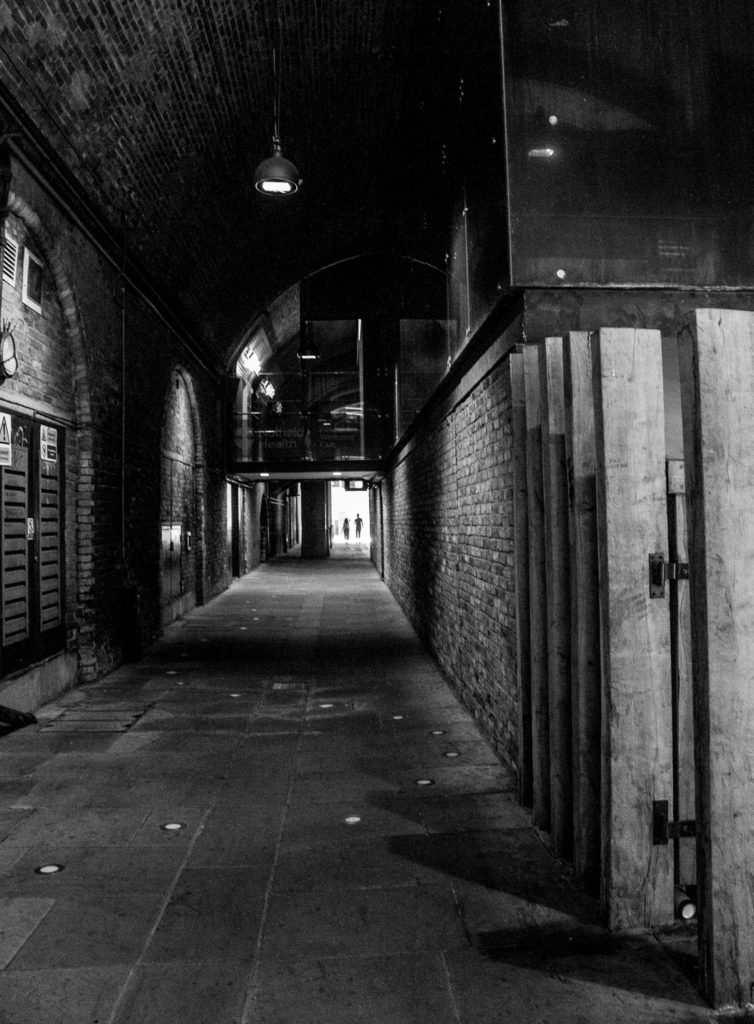
Apparently the lights on the floor show roughly where the River Thames lapped before it was embanked.
And finally, if you decide to do some exploration yourself, do bear in mind that you might arouse suspicion …
